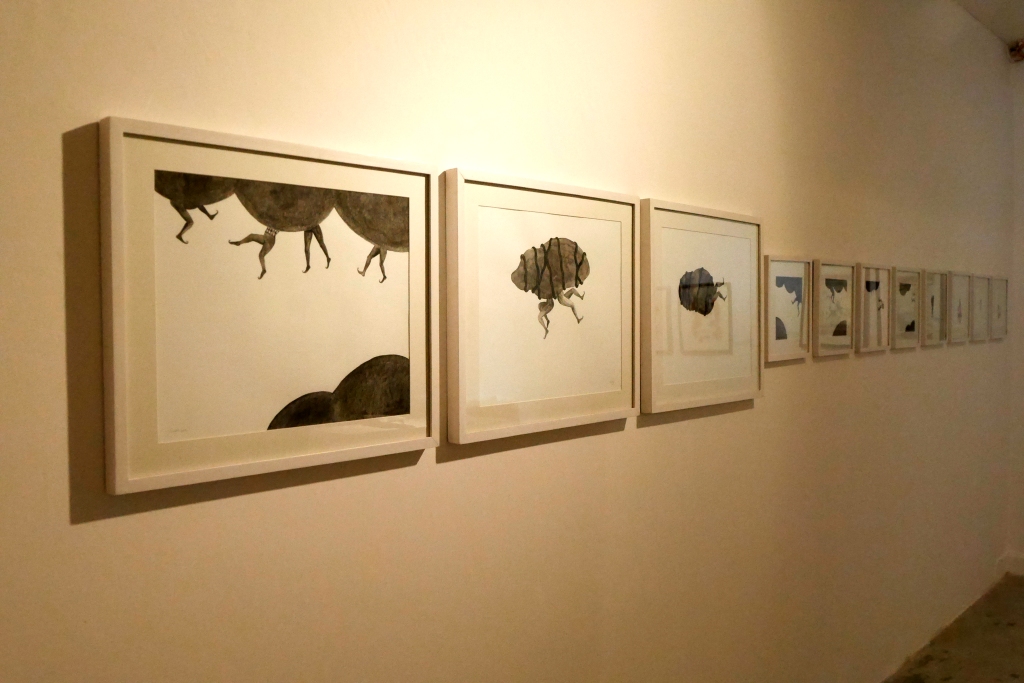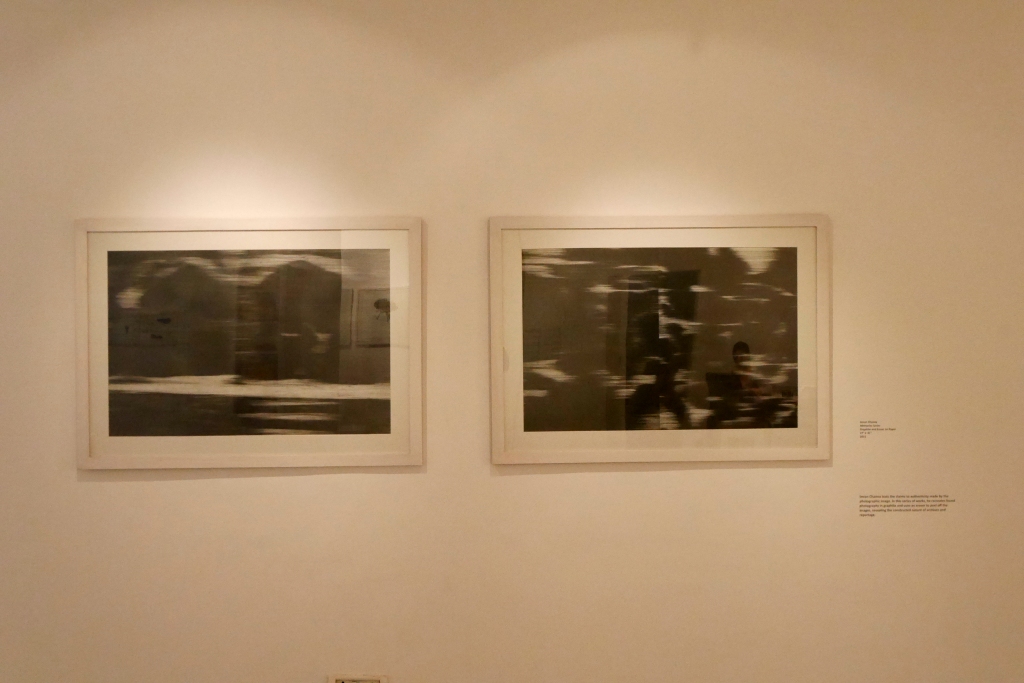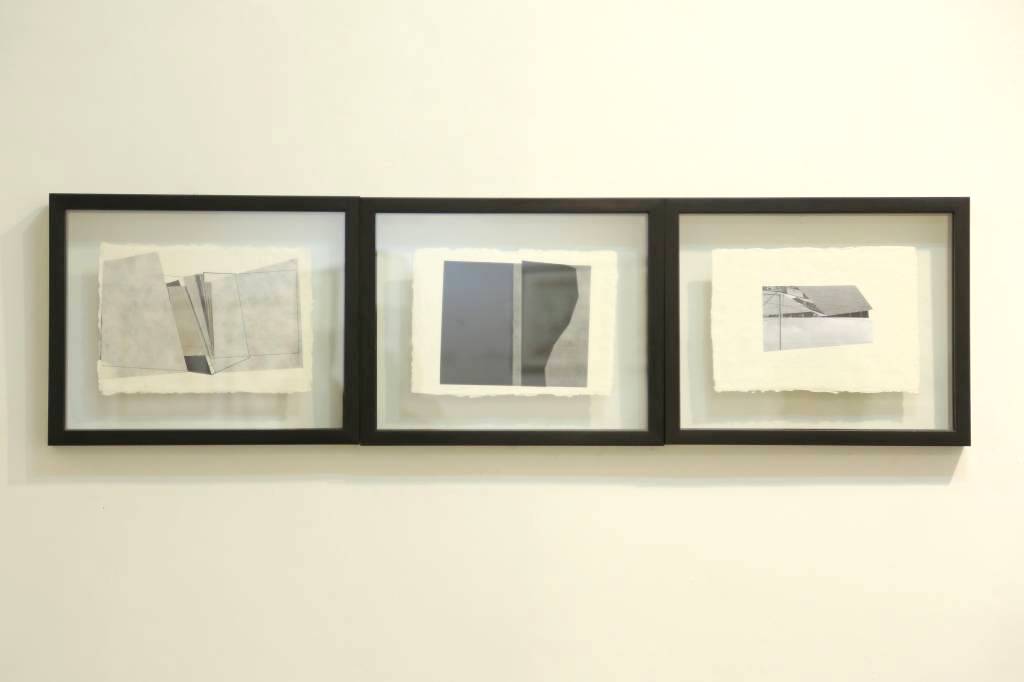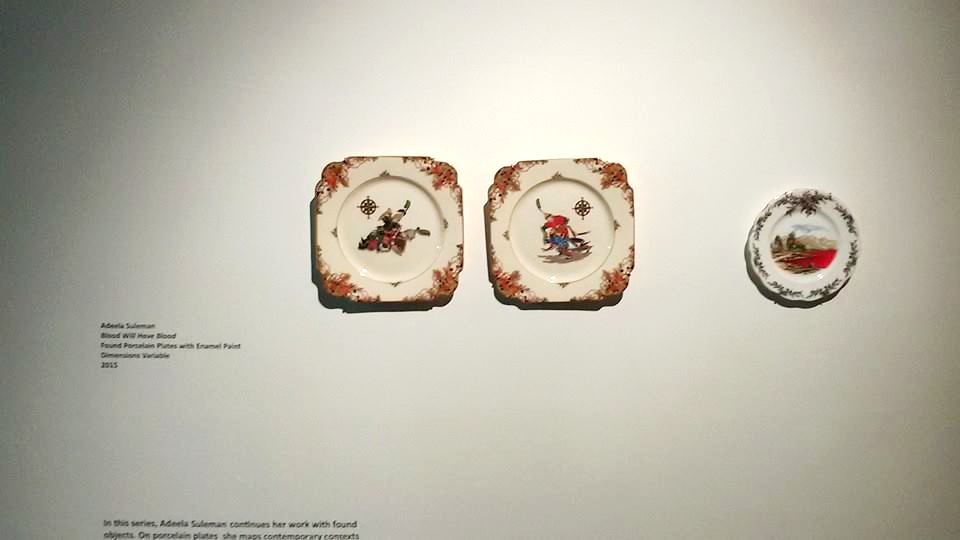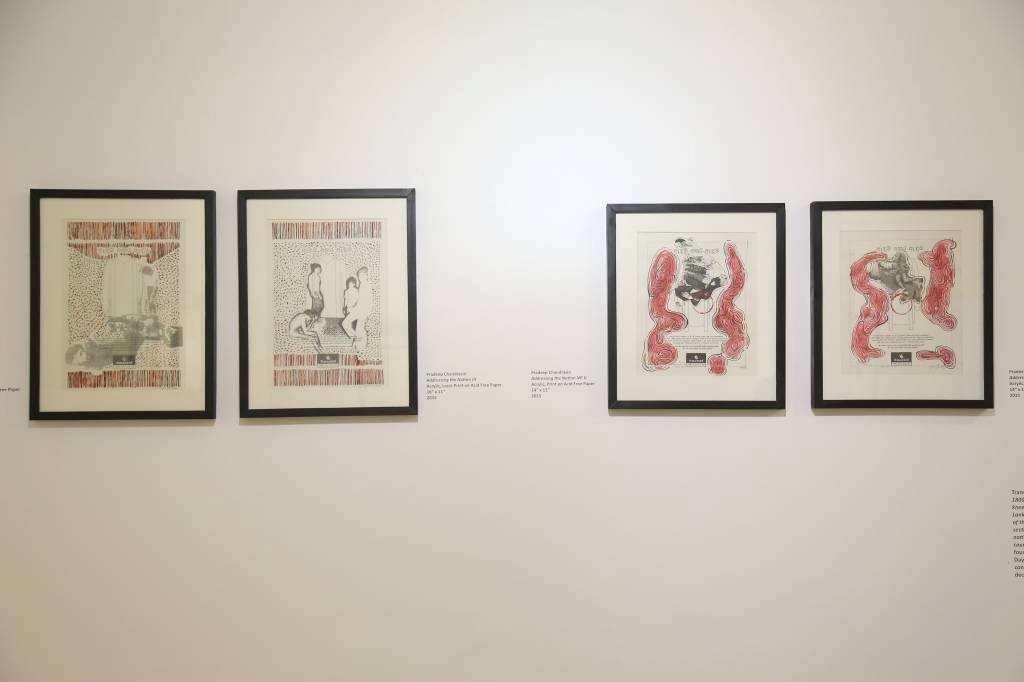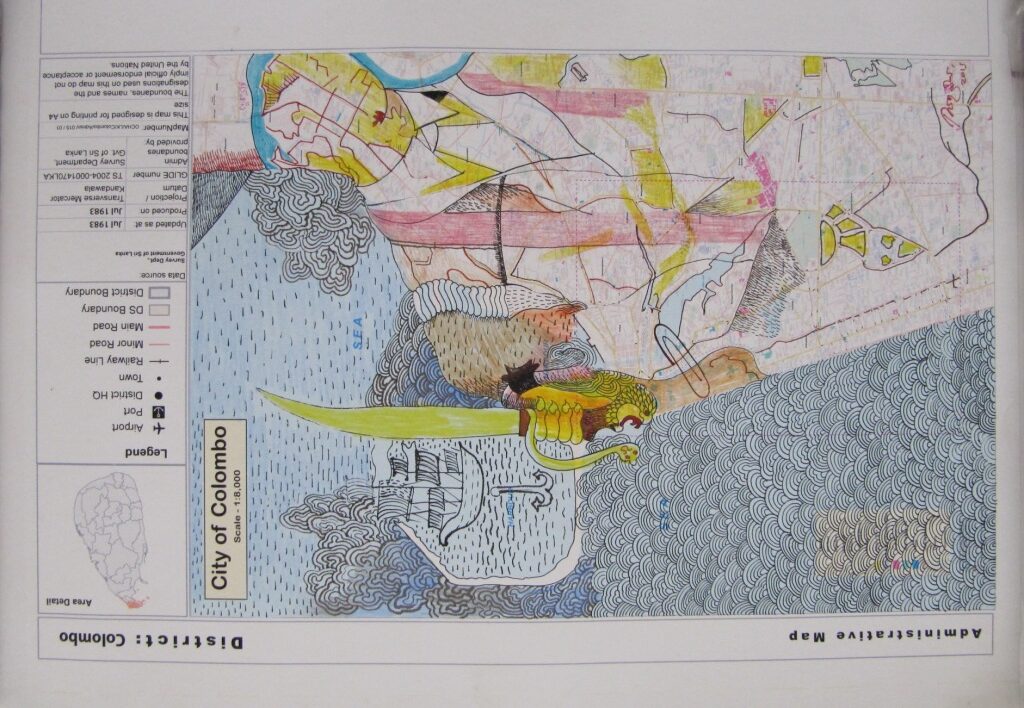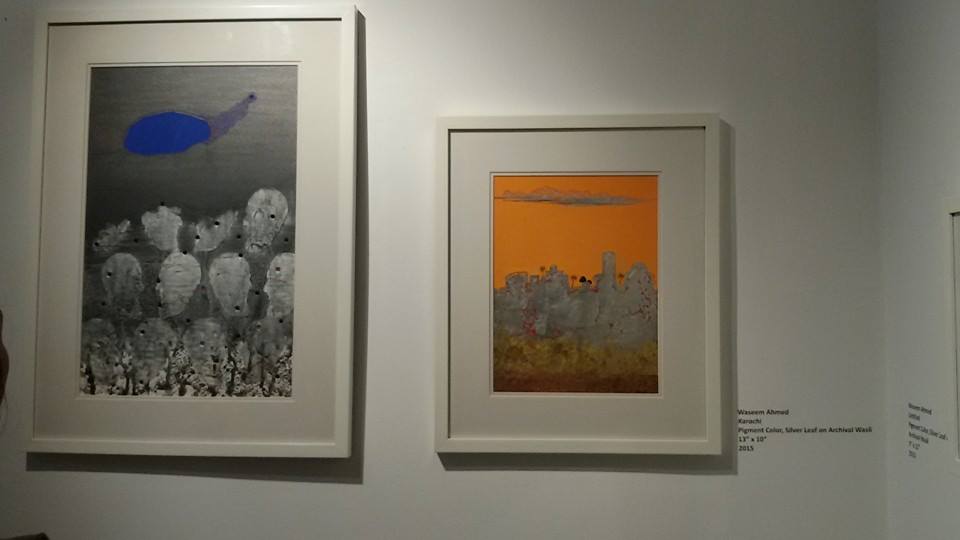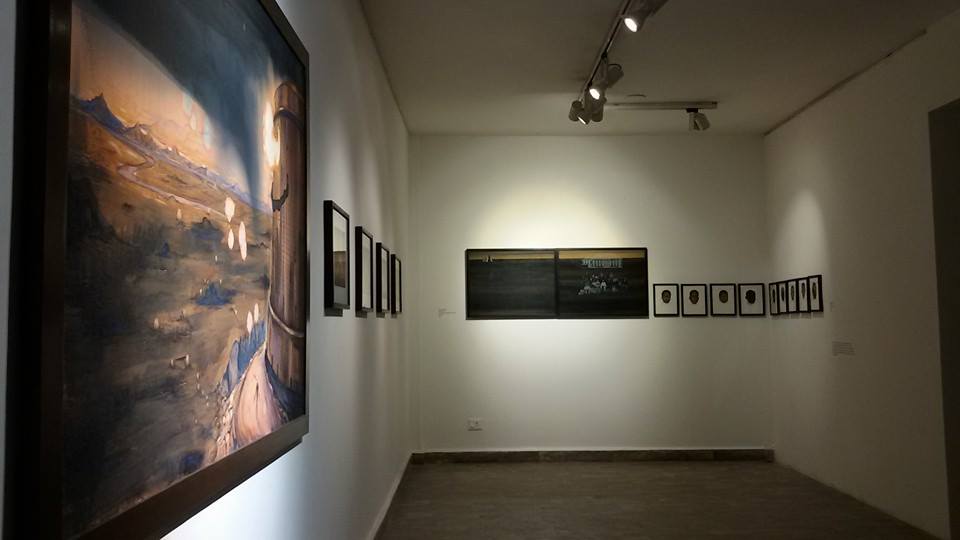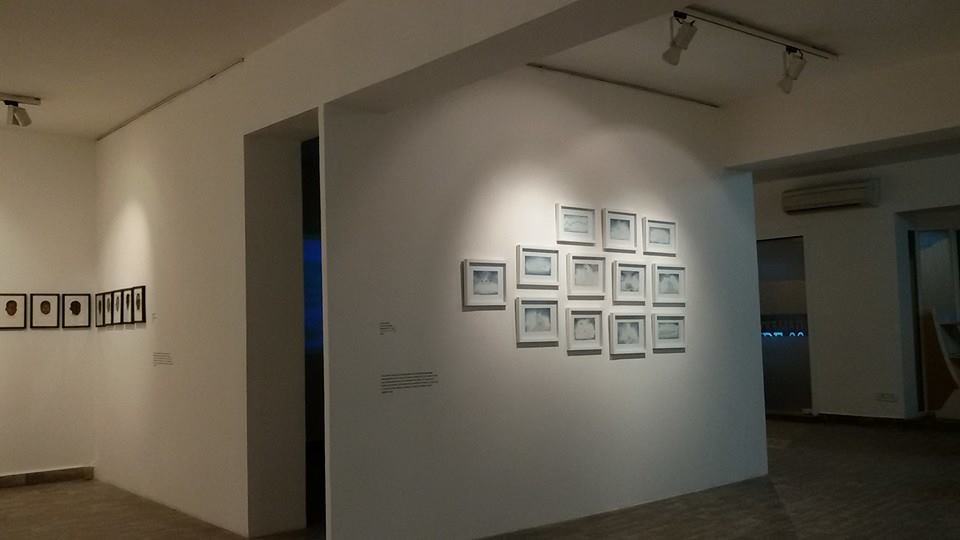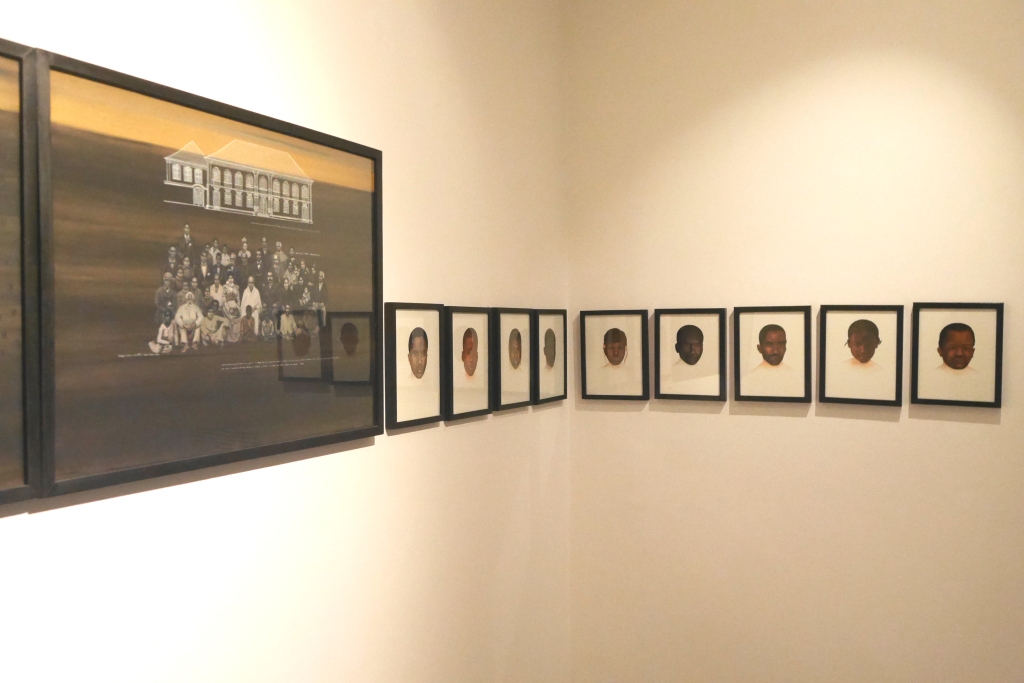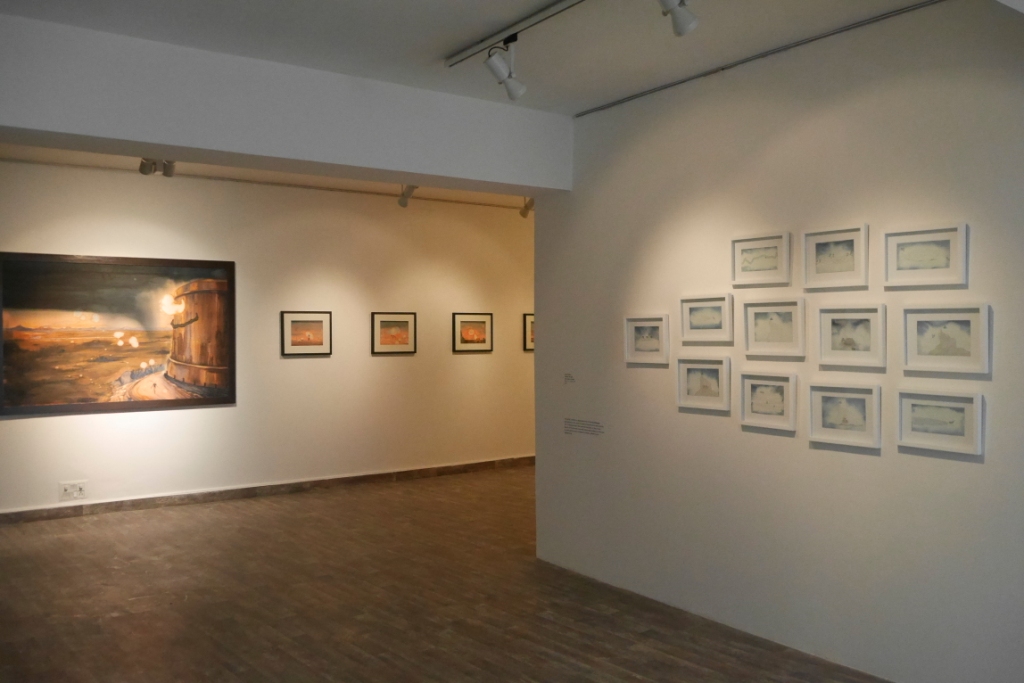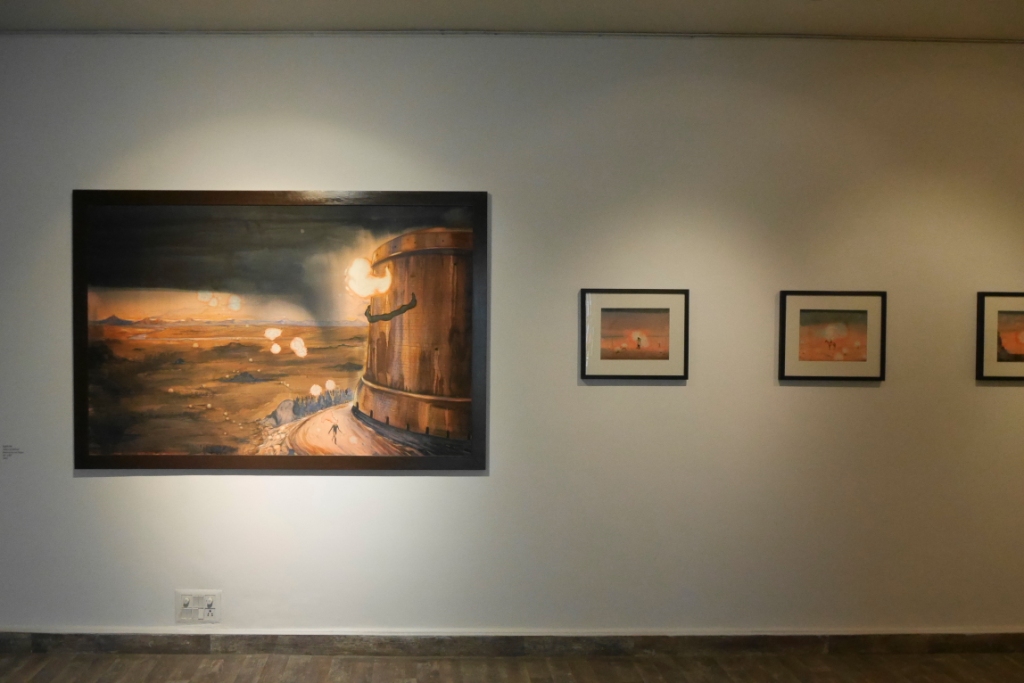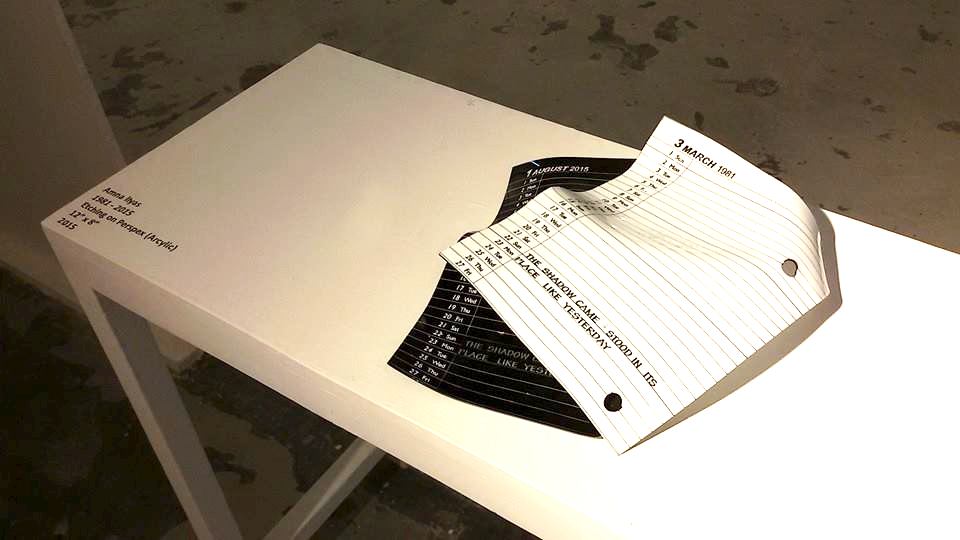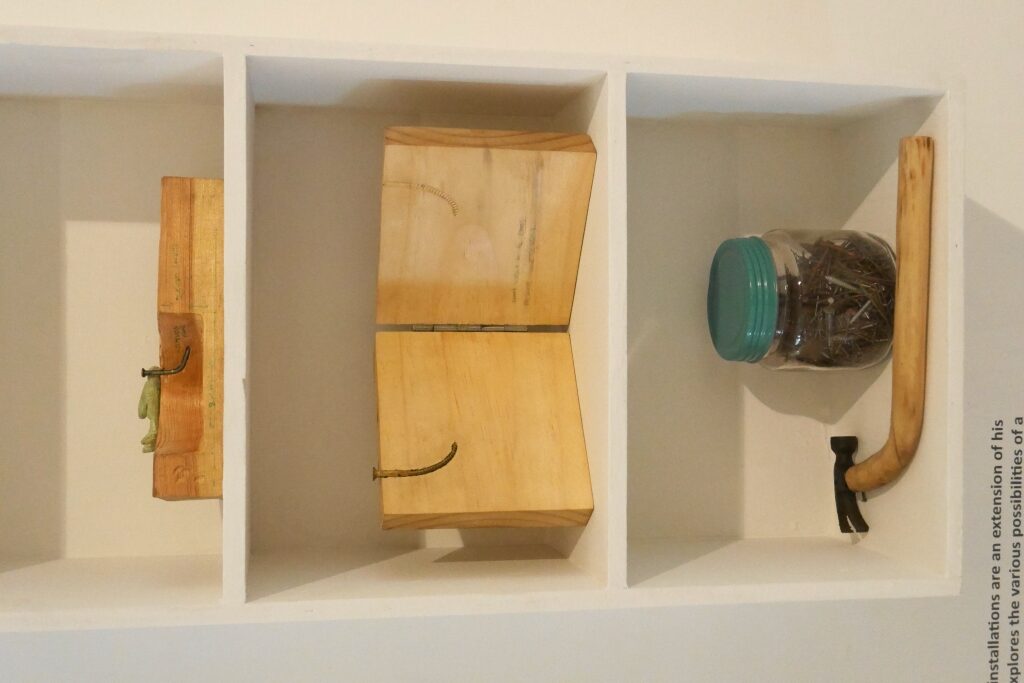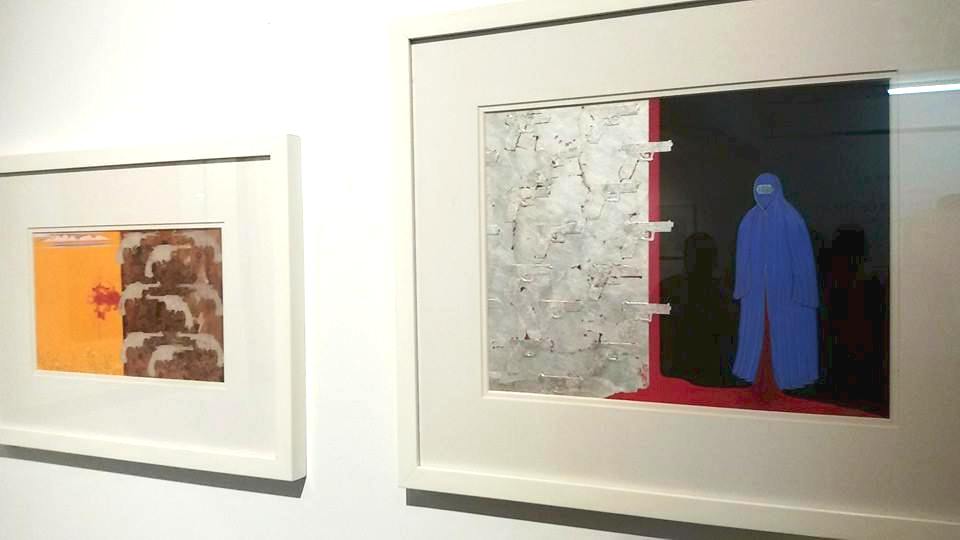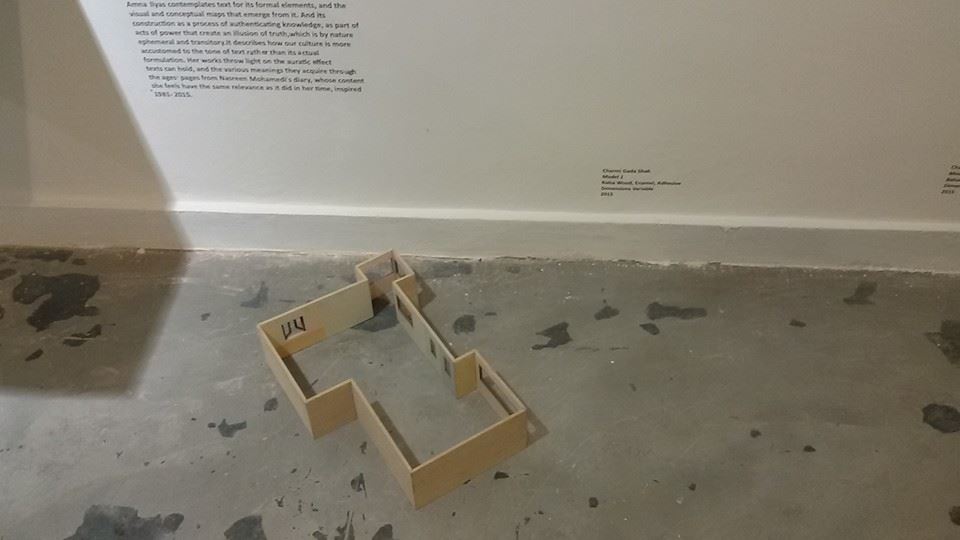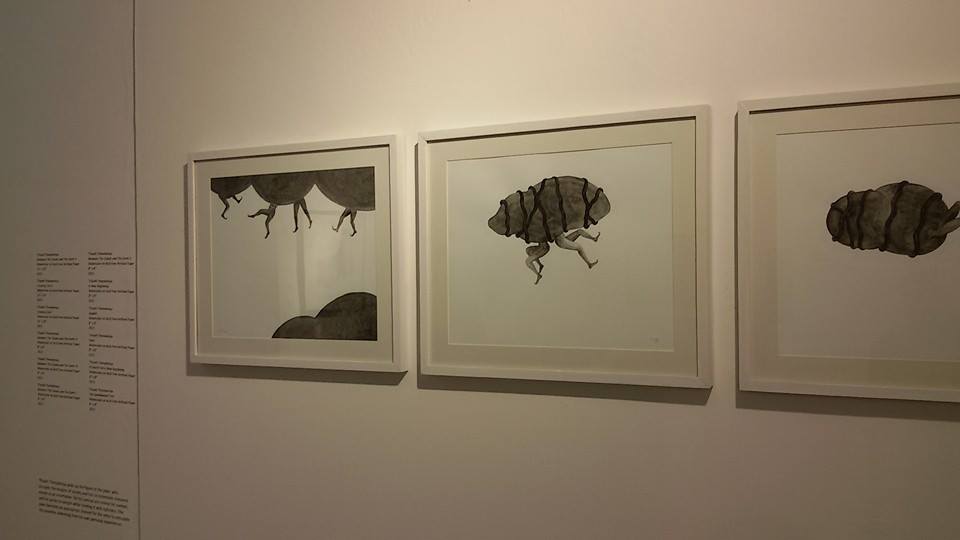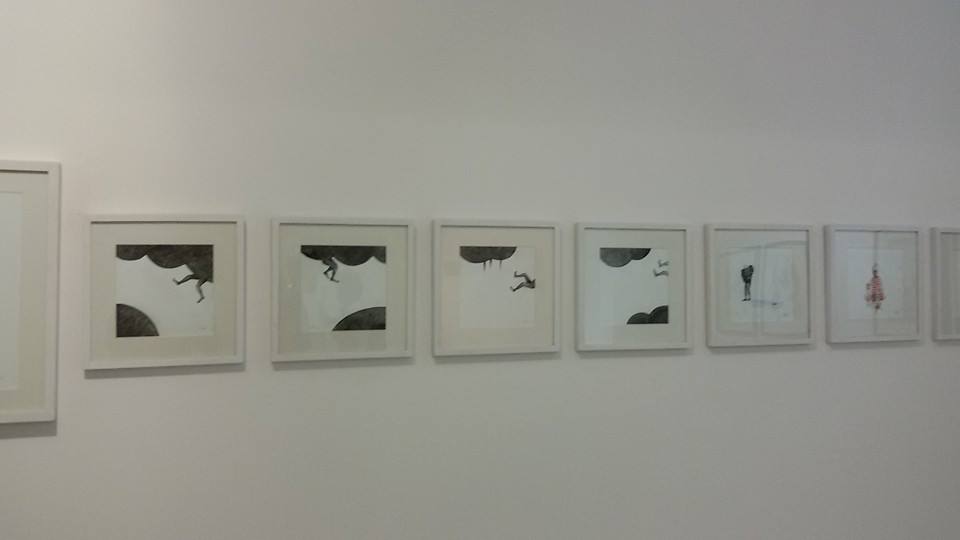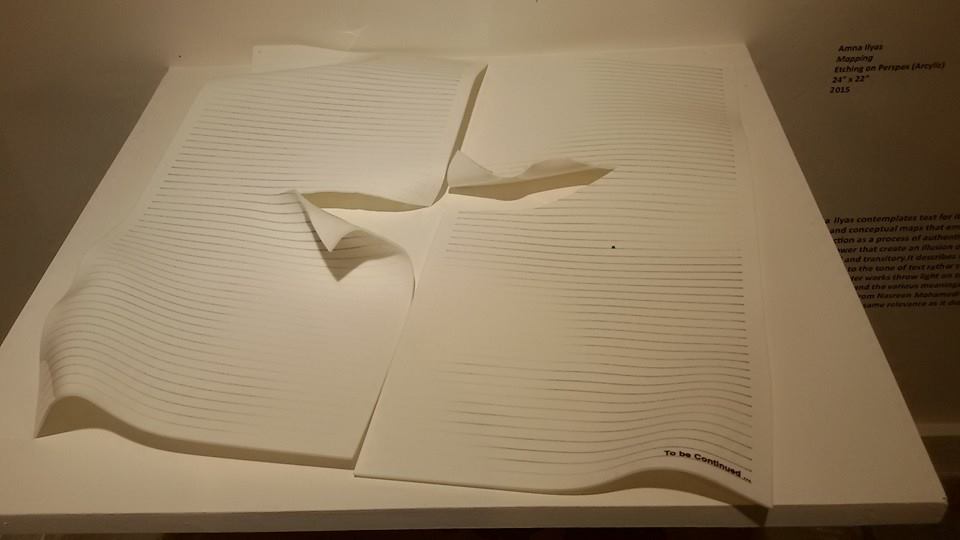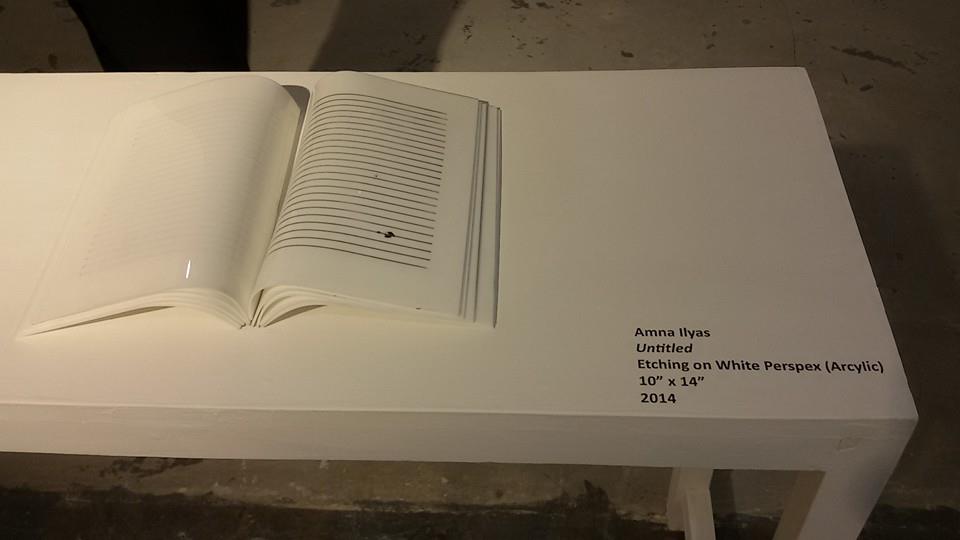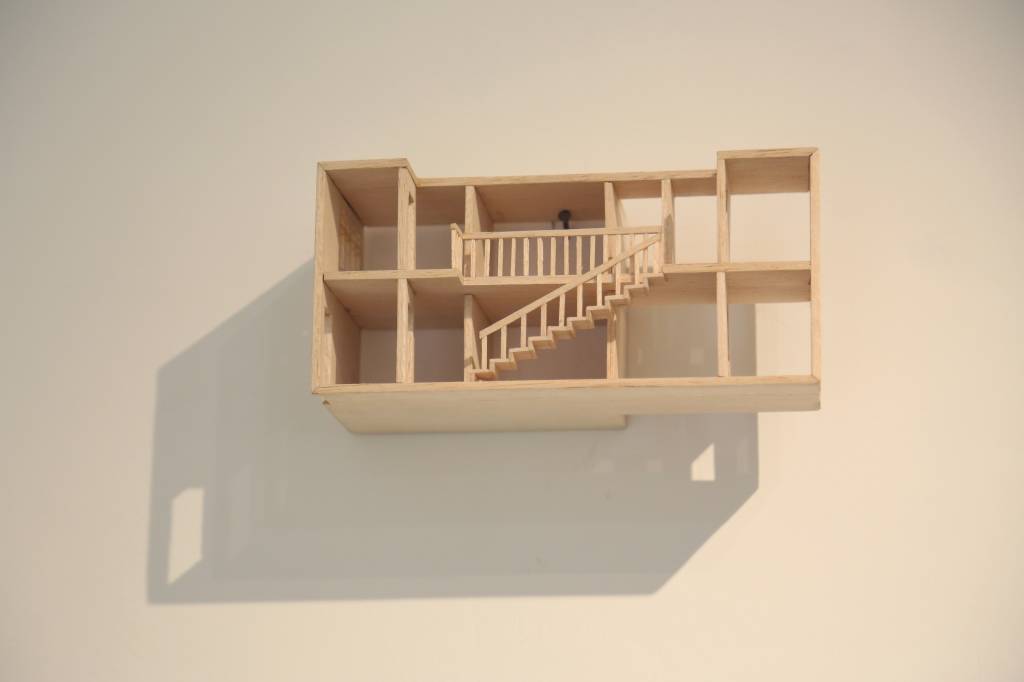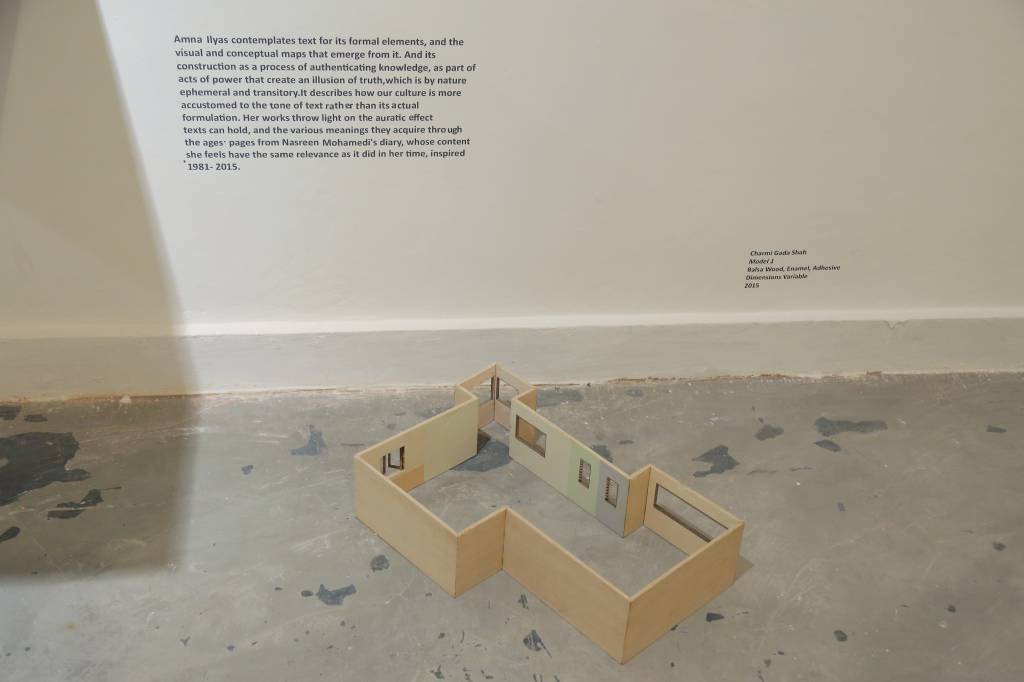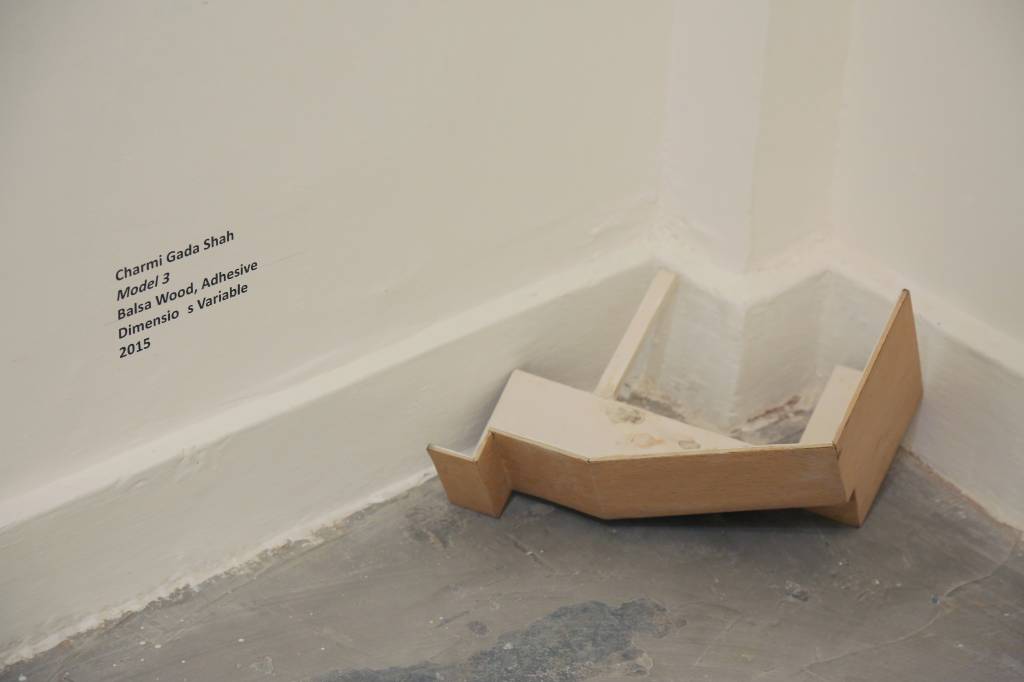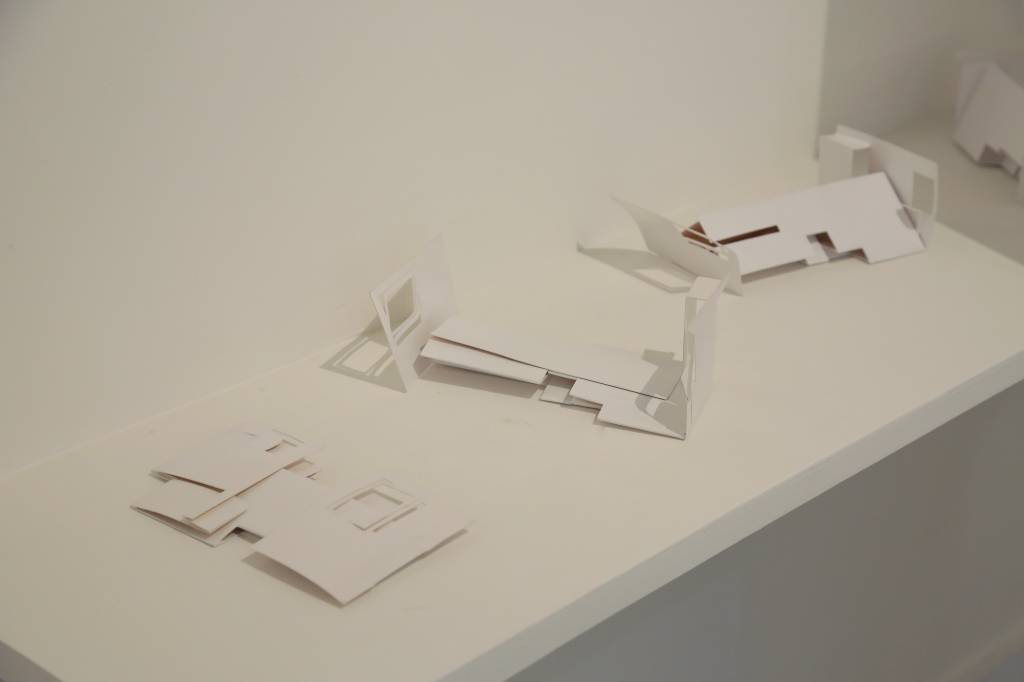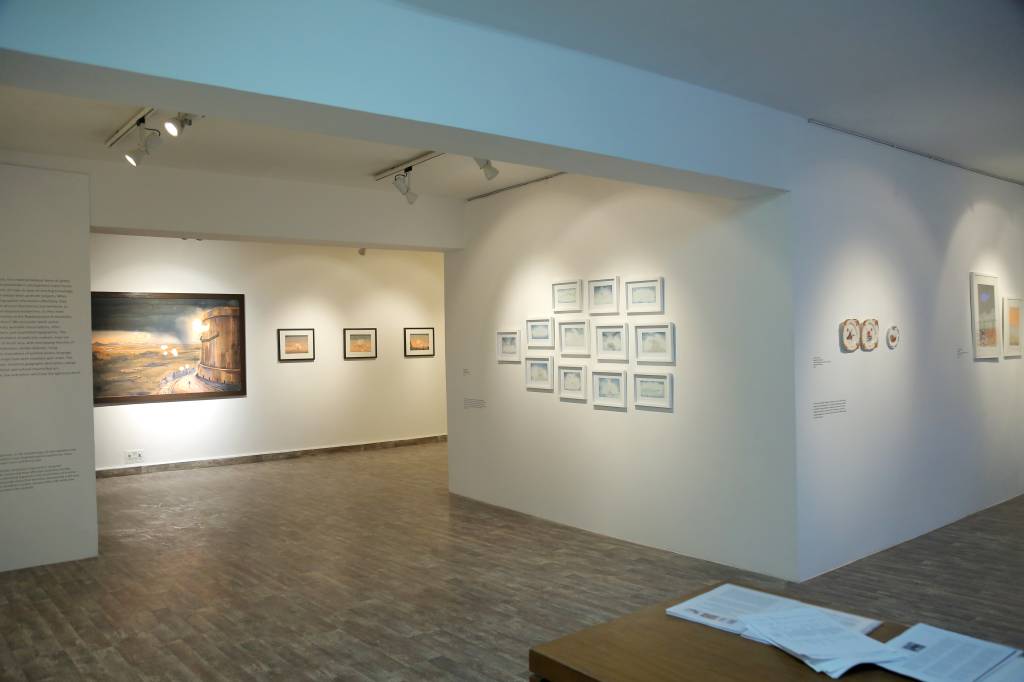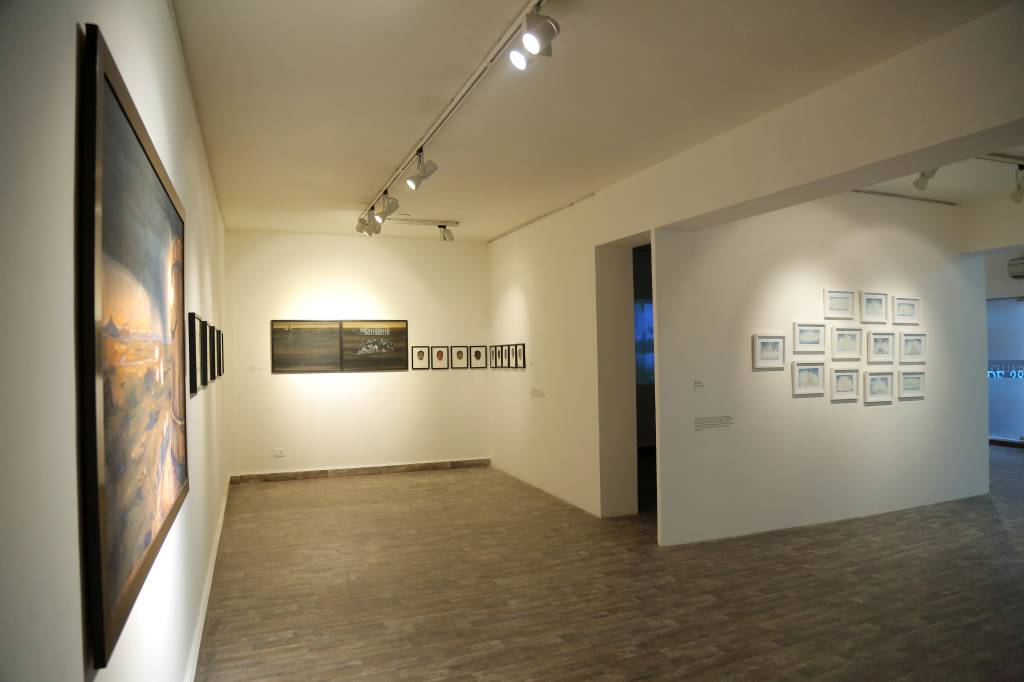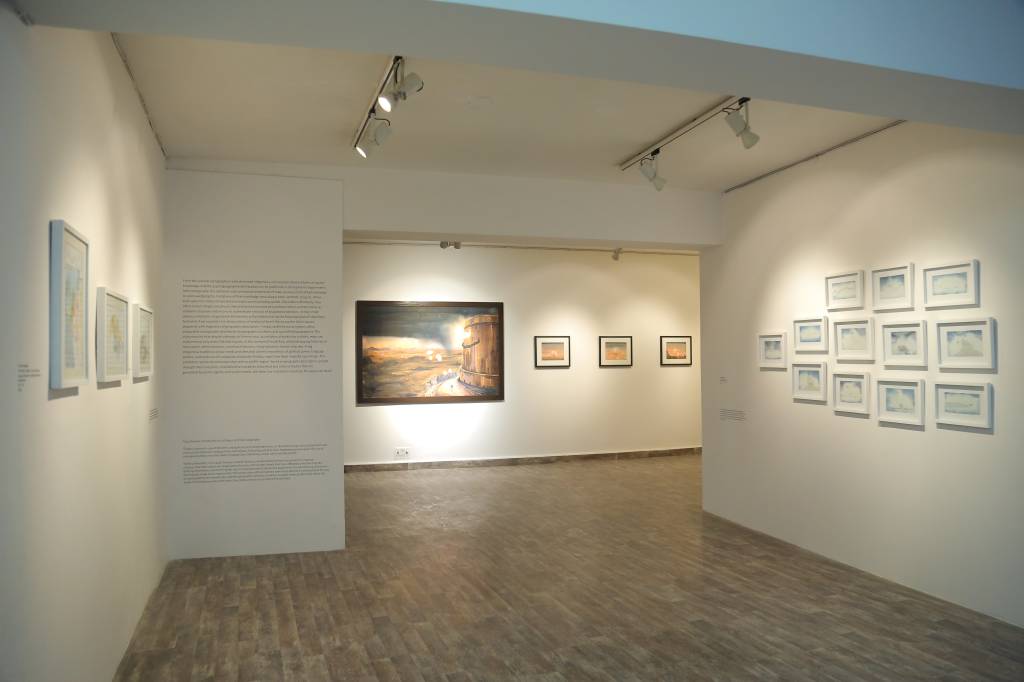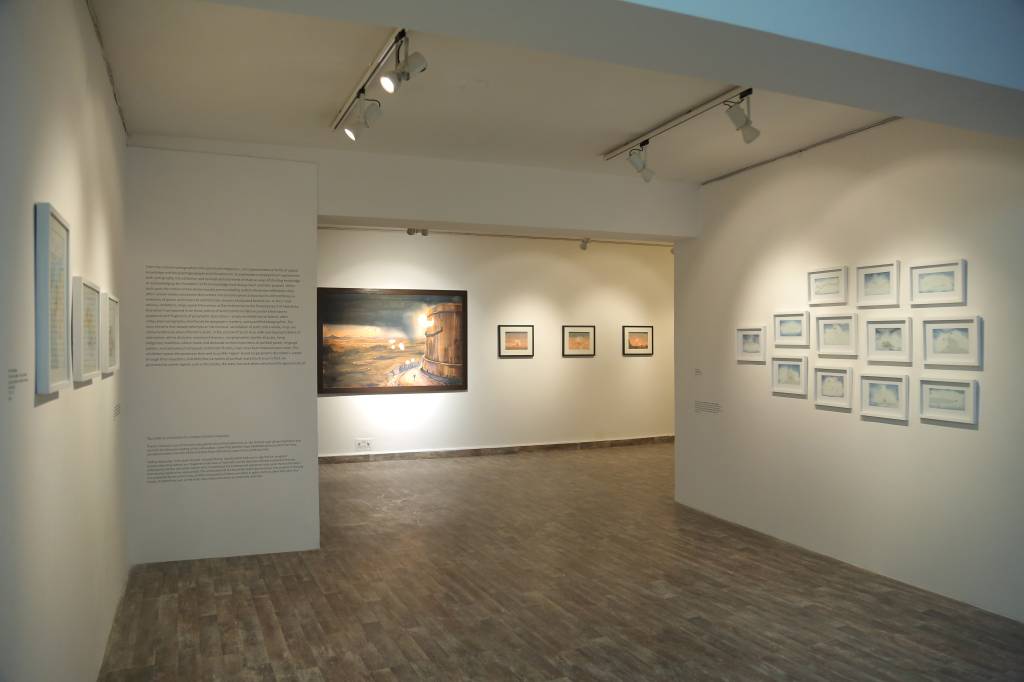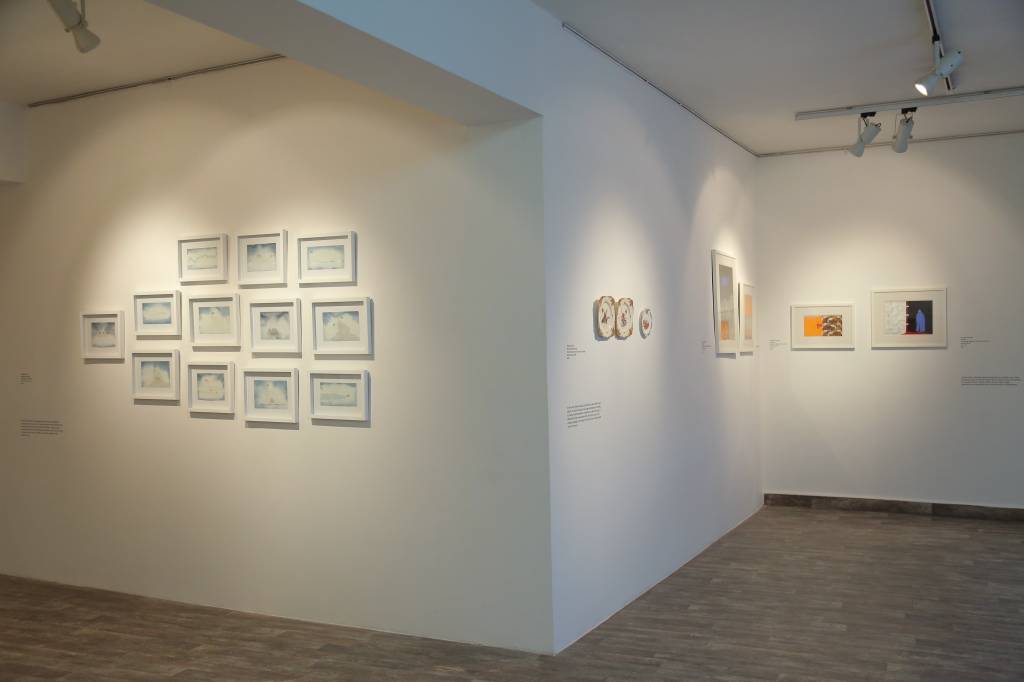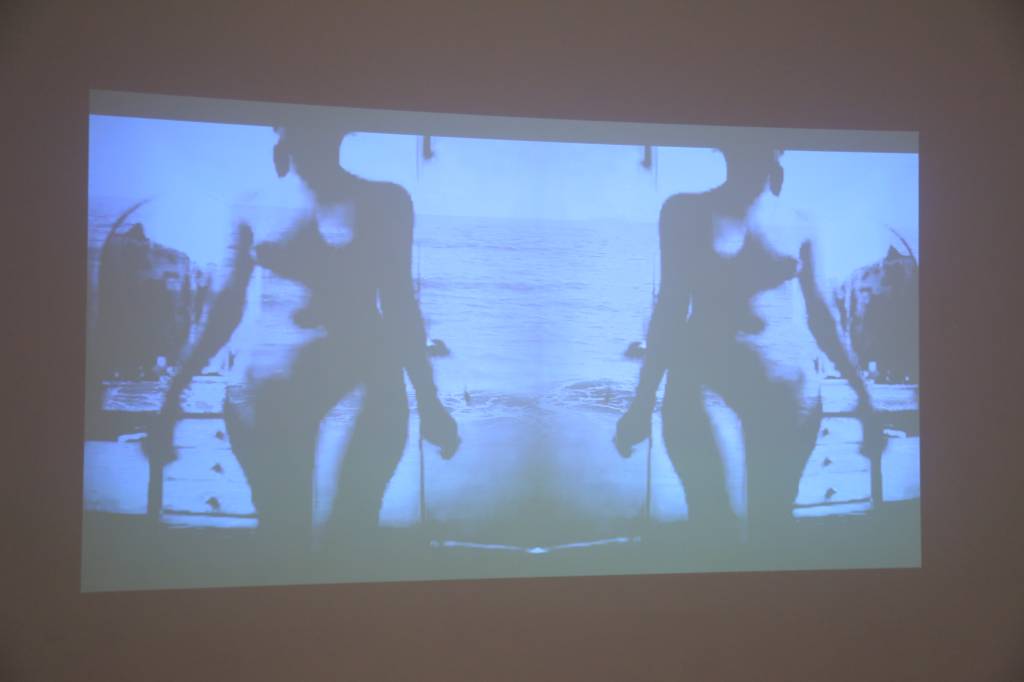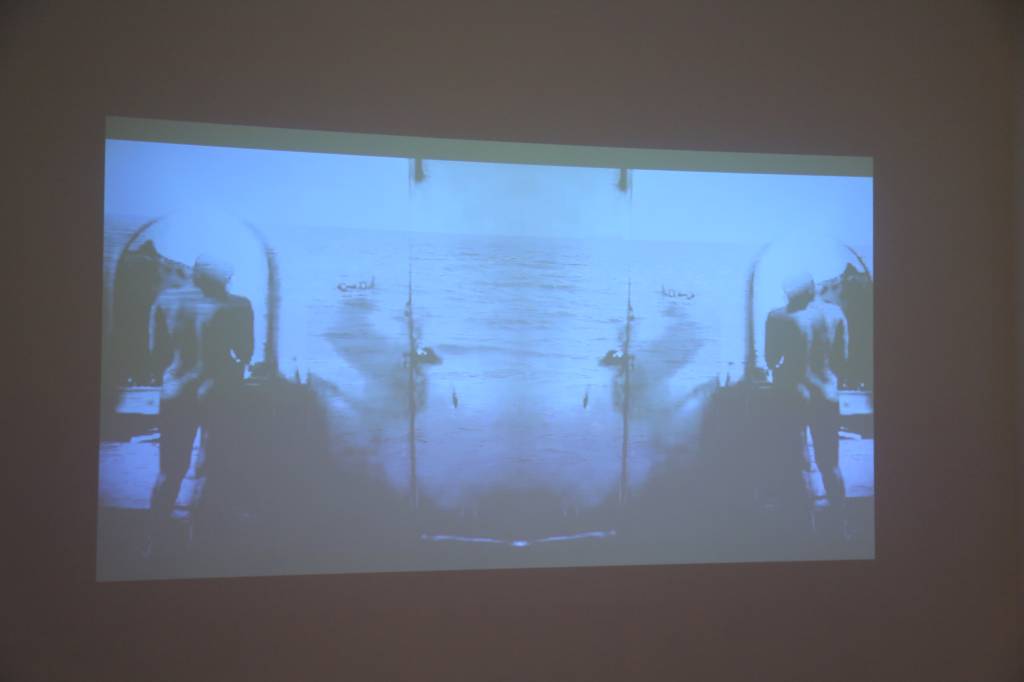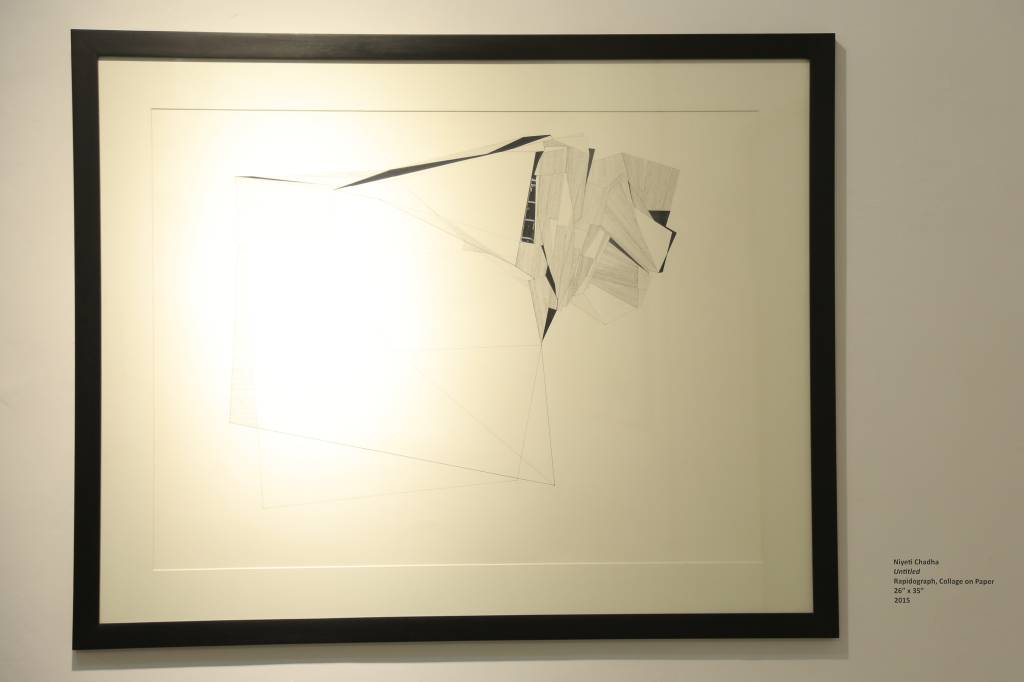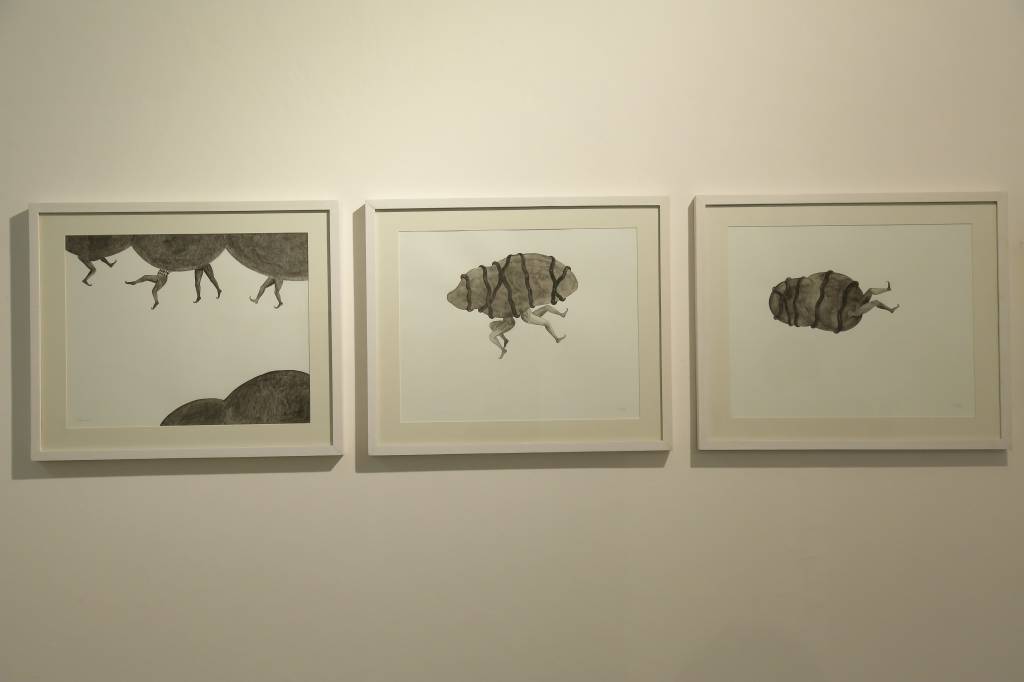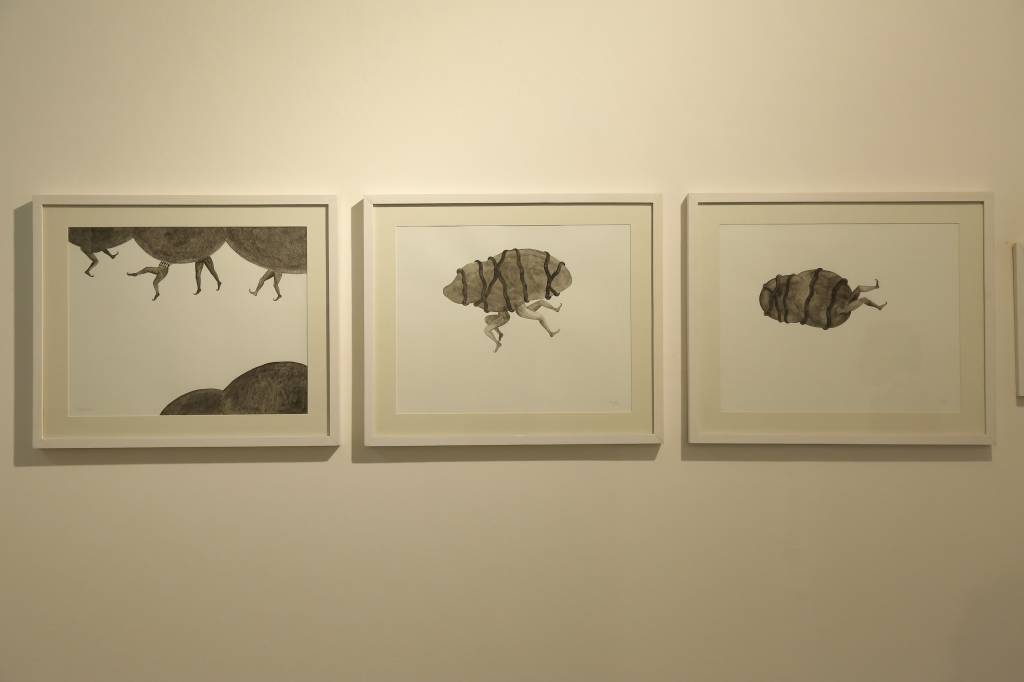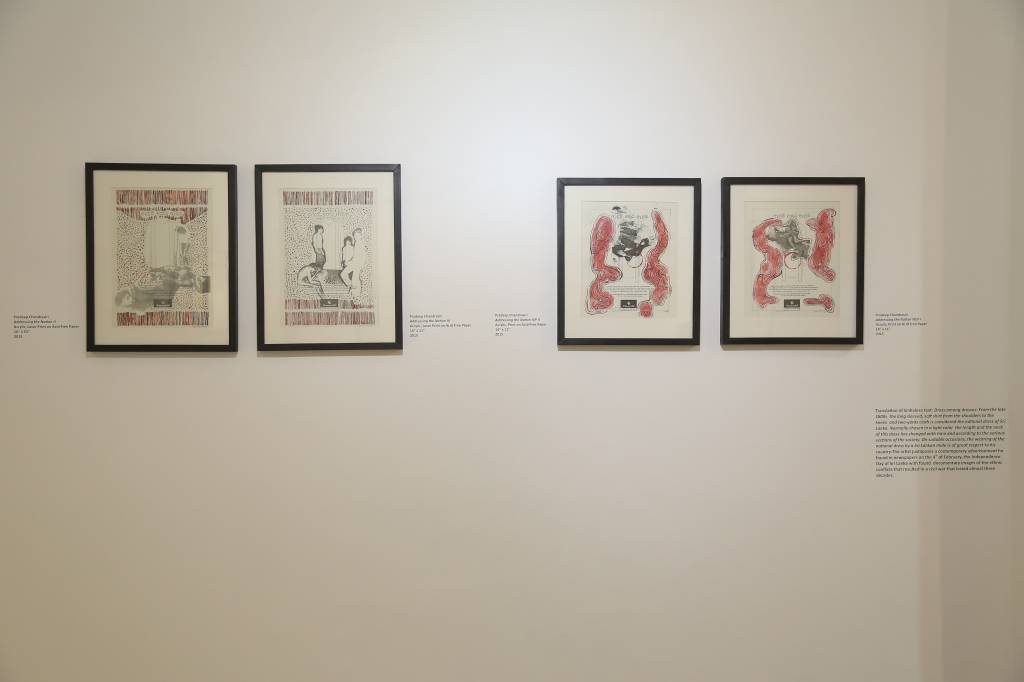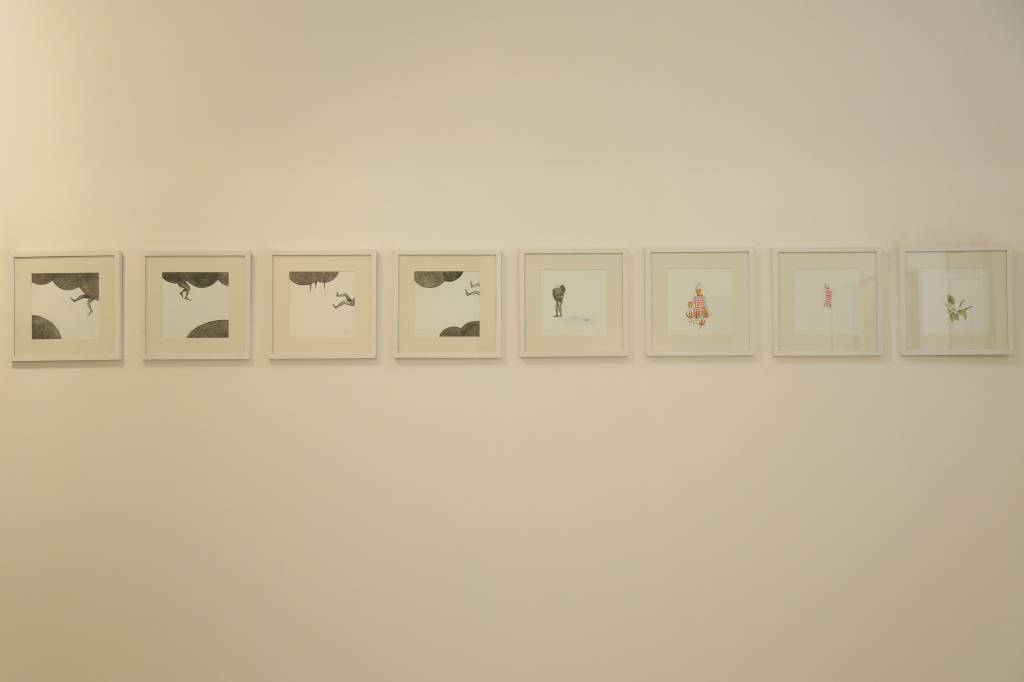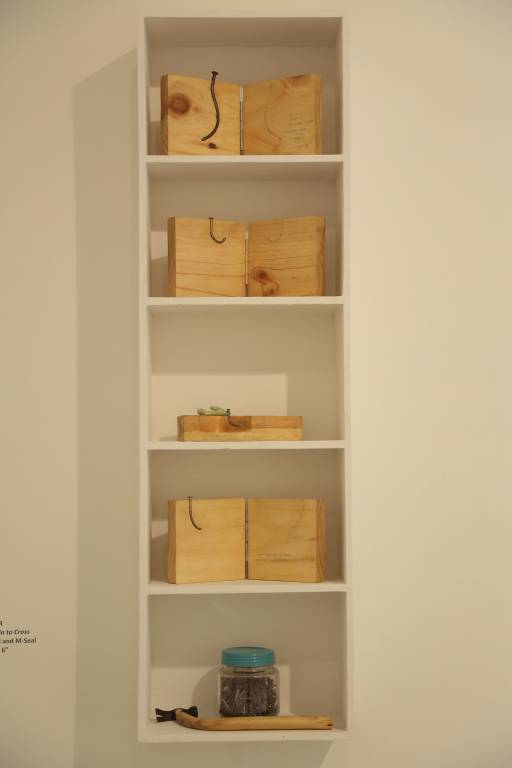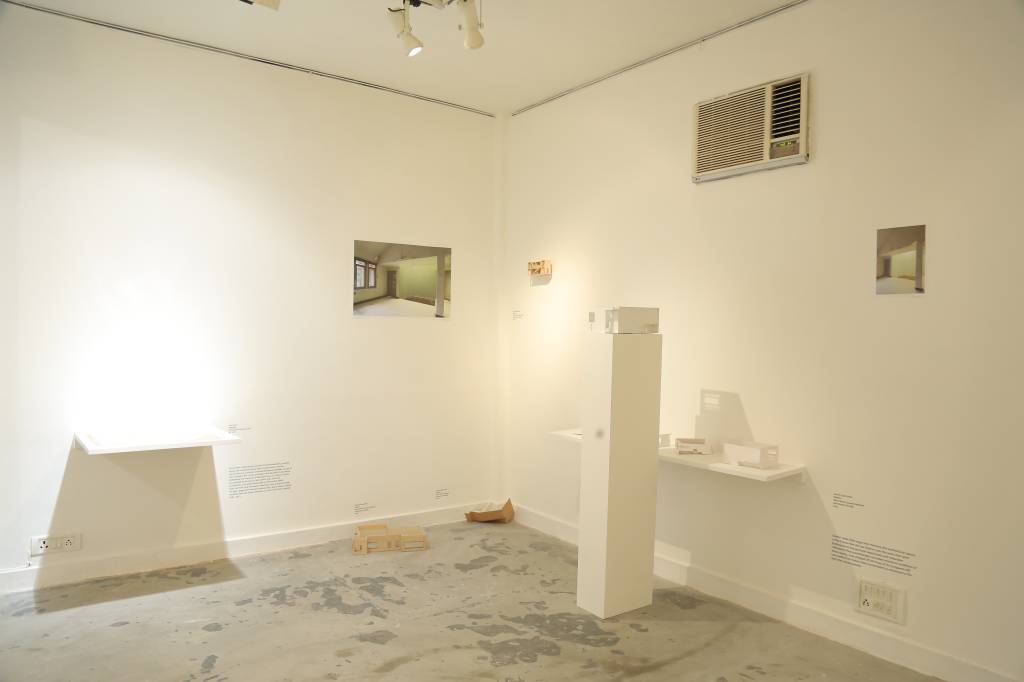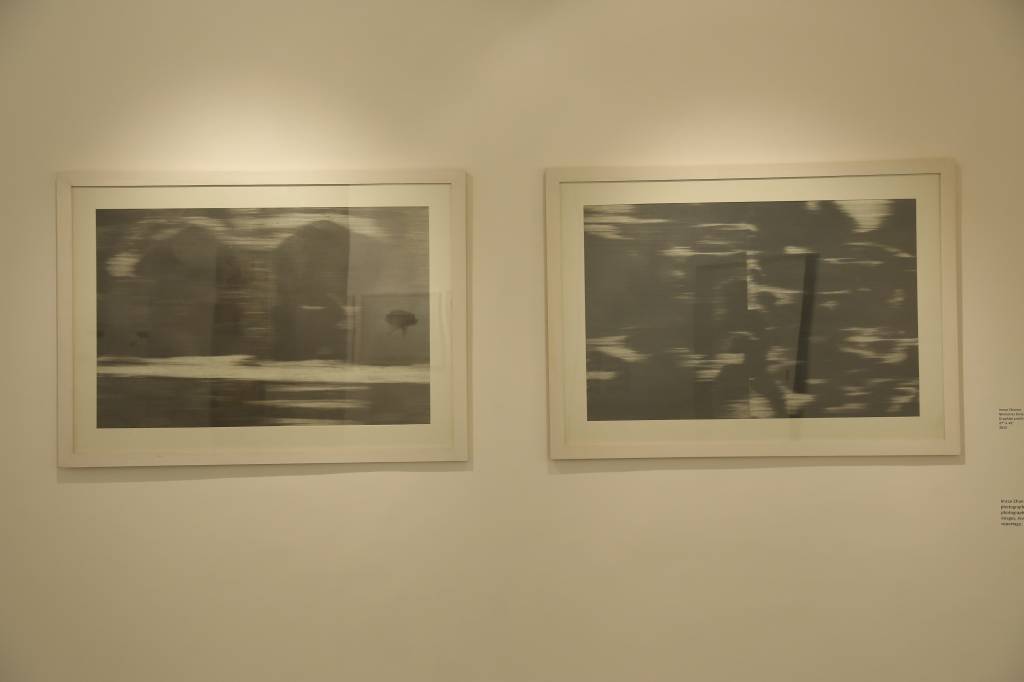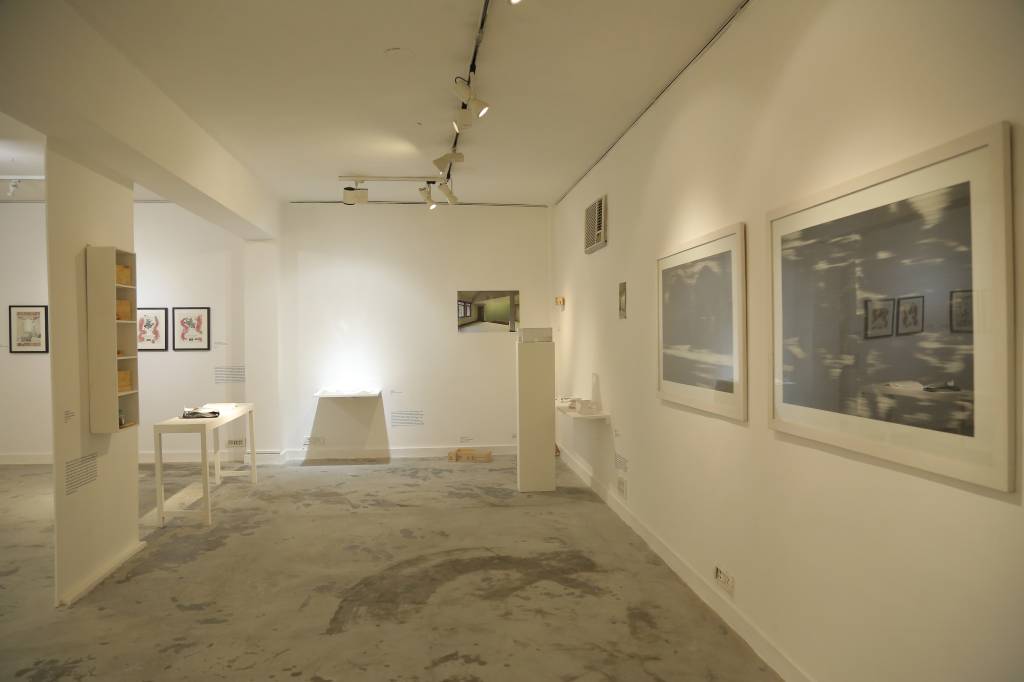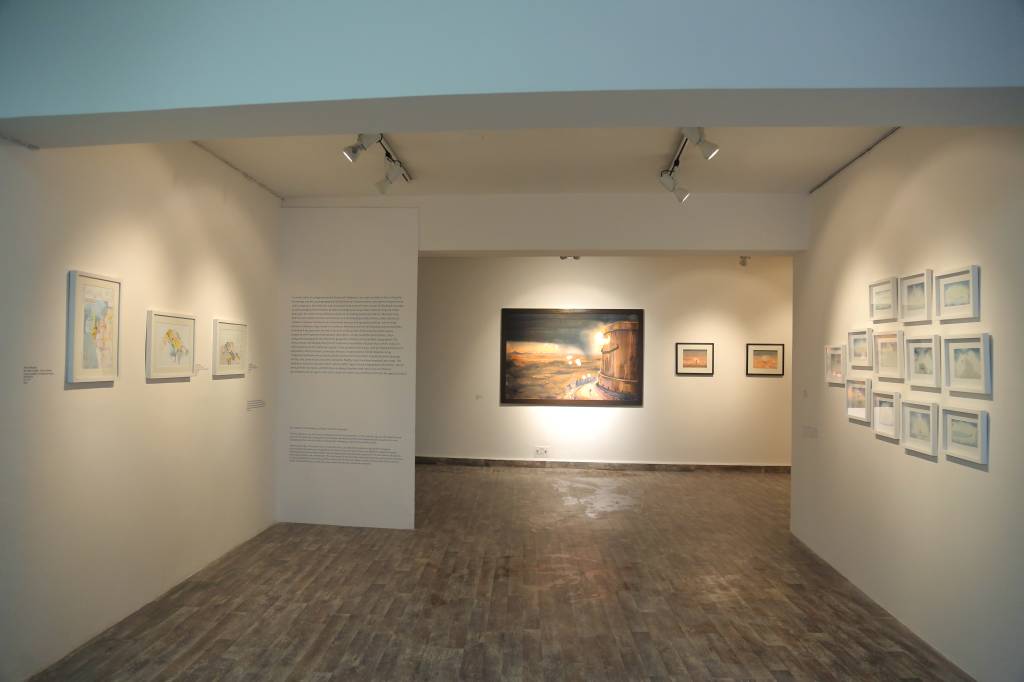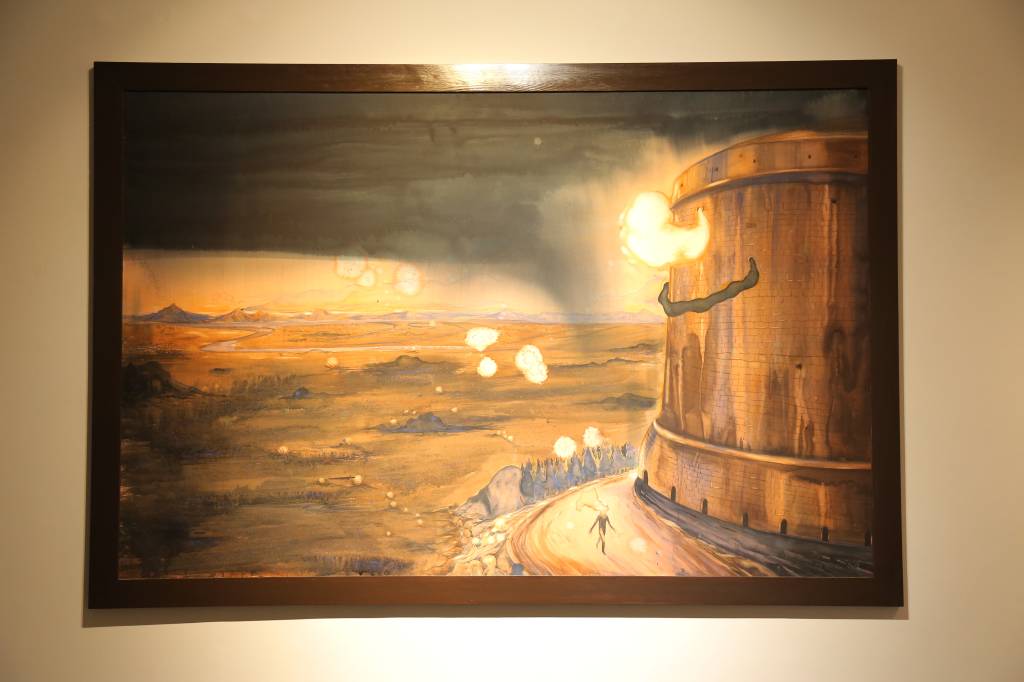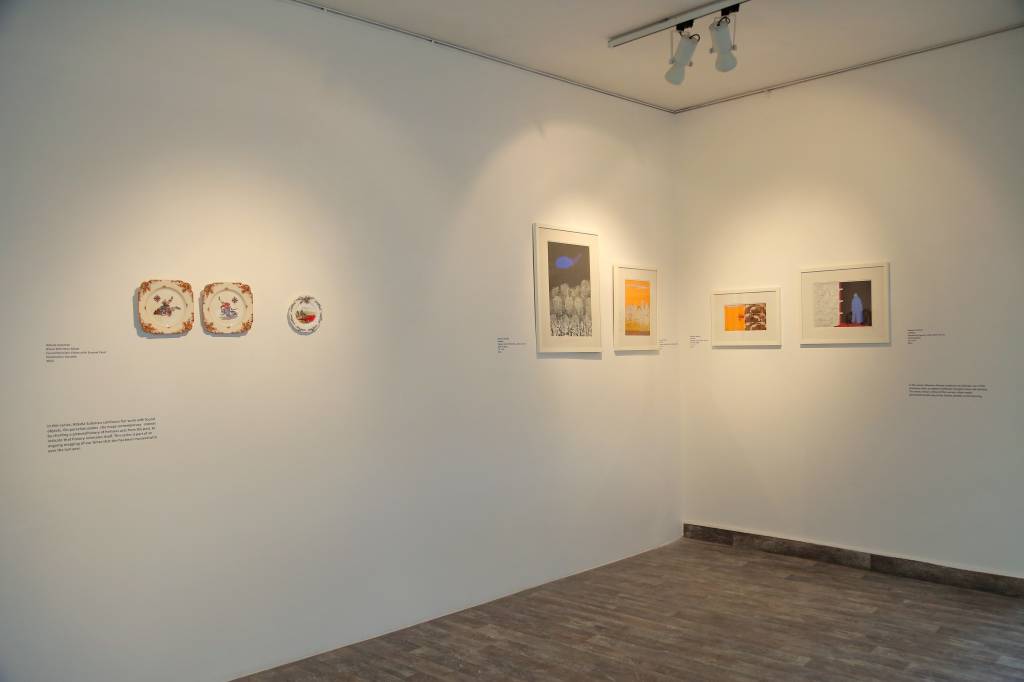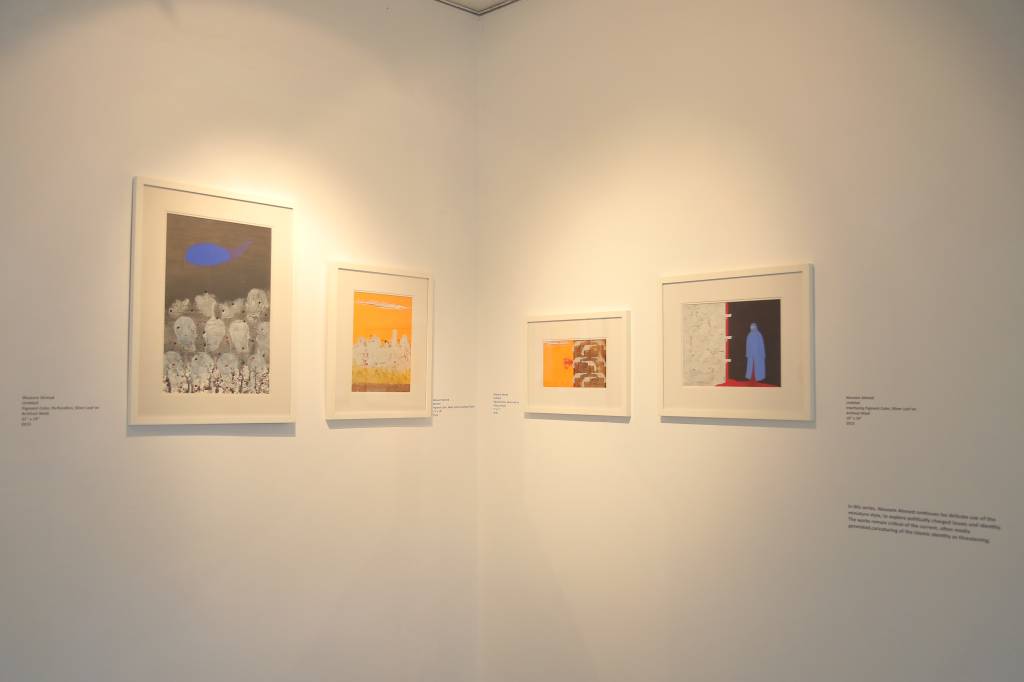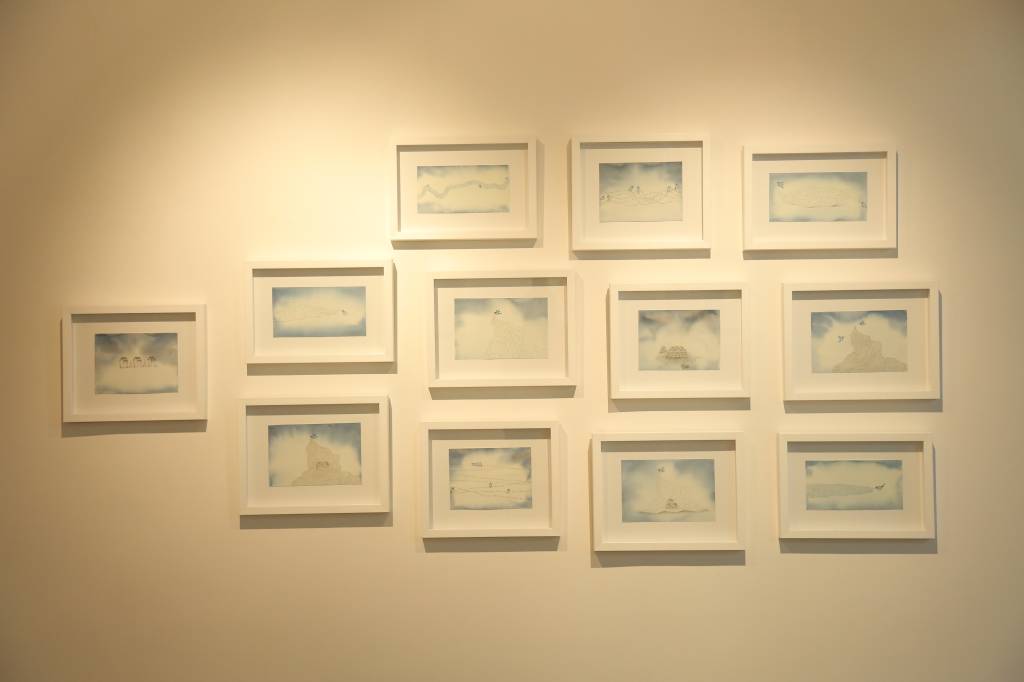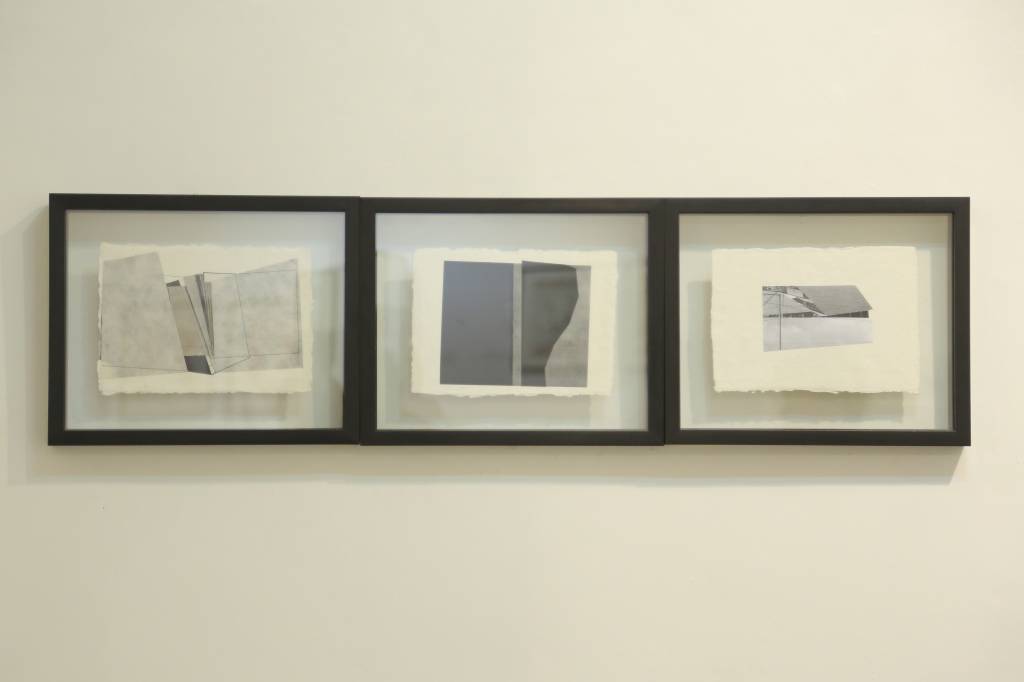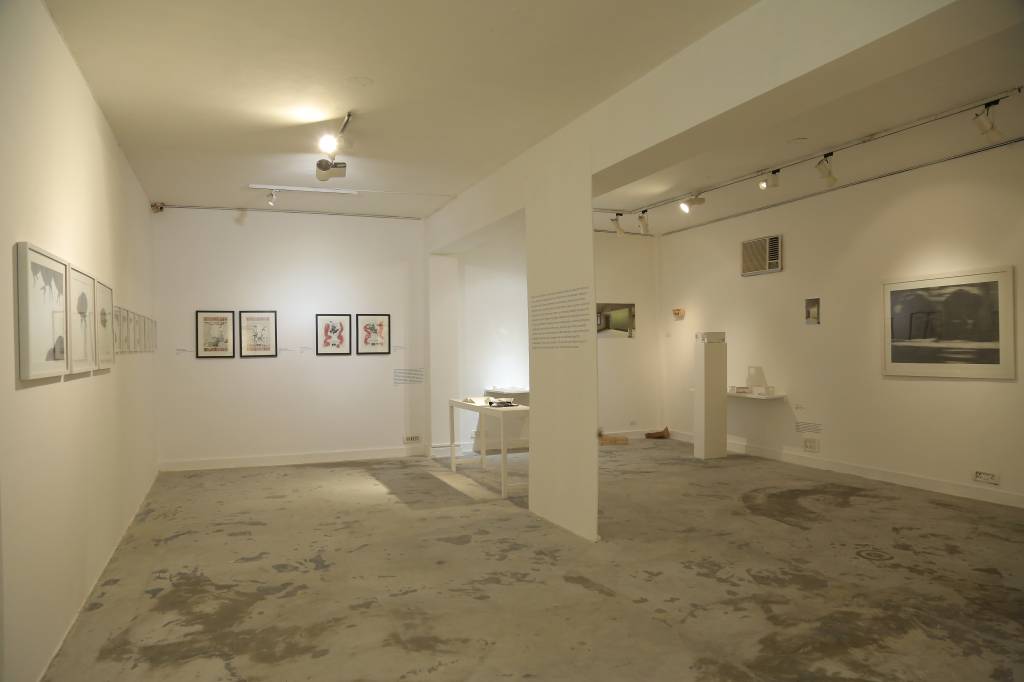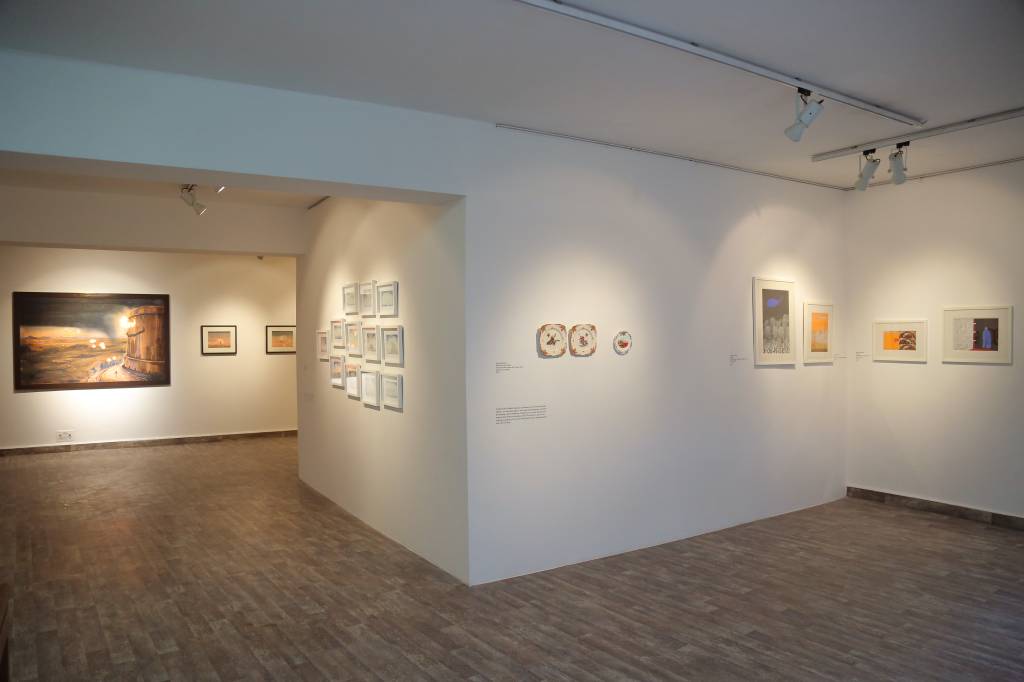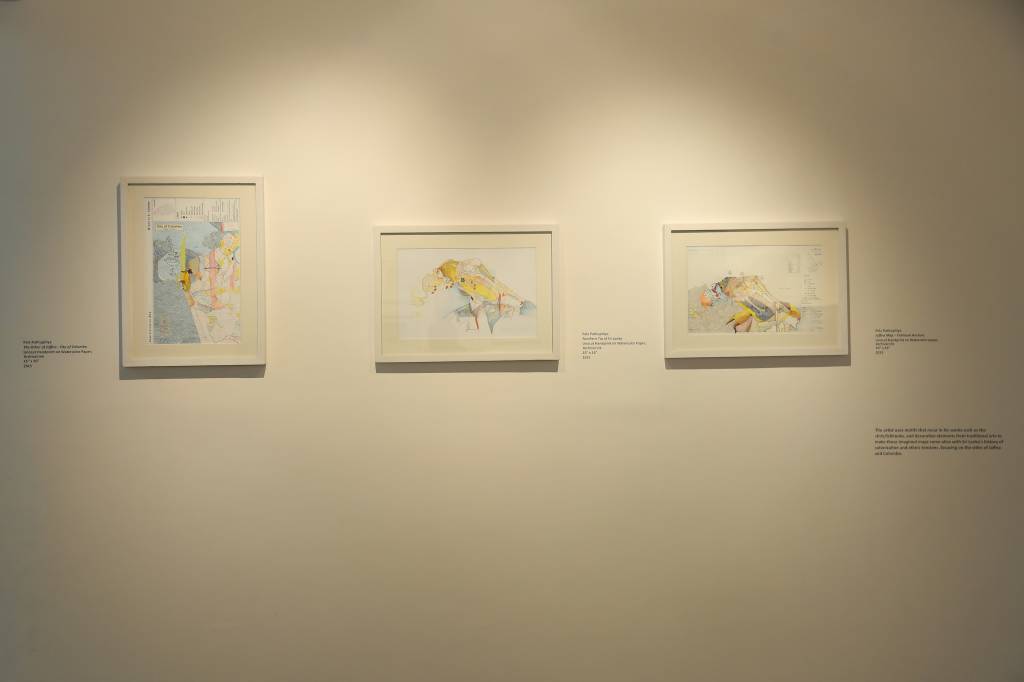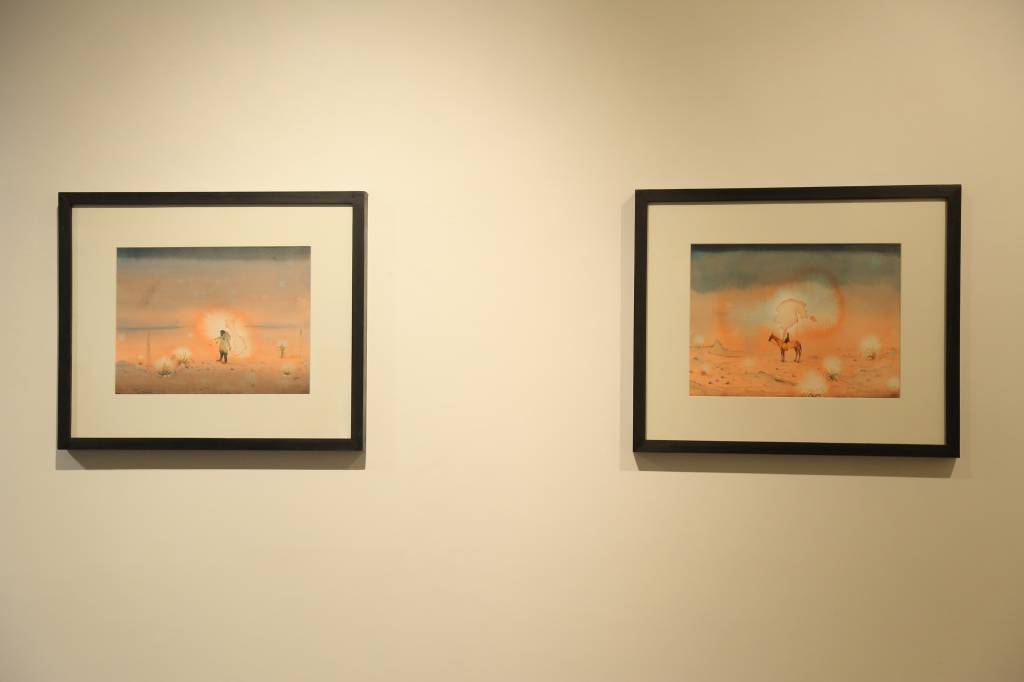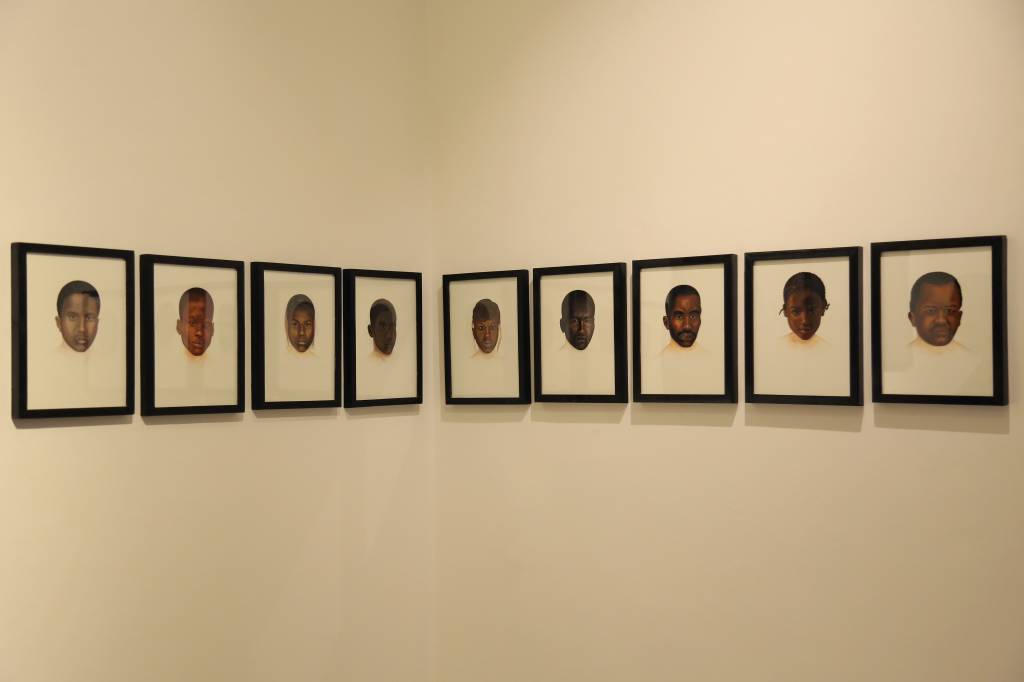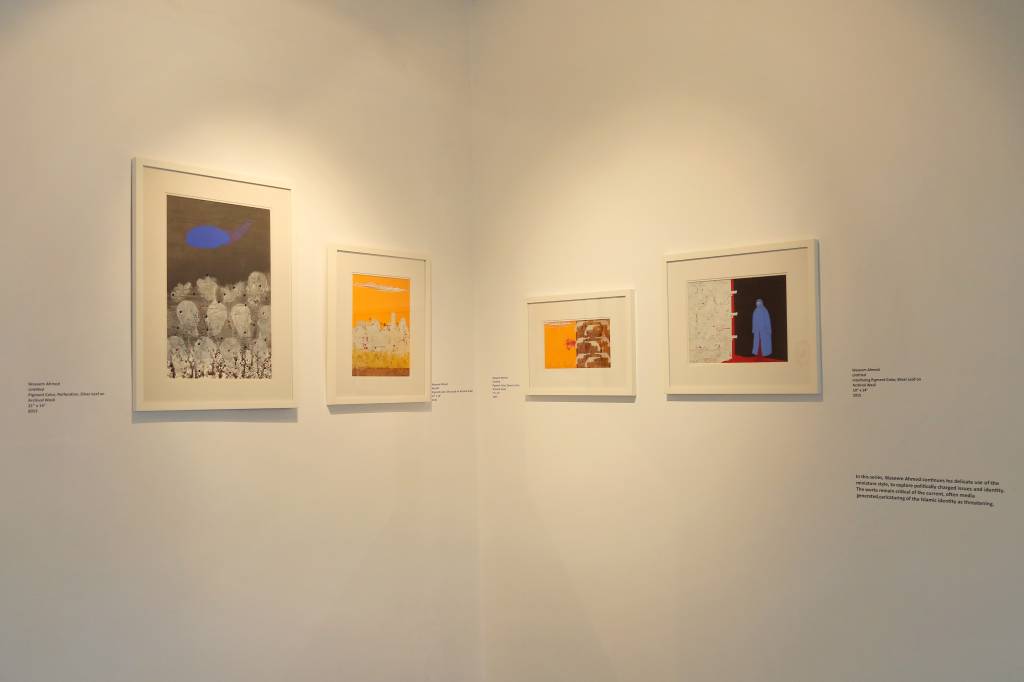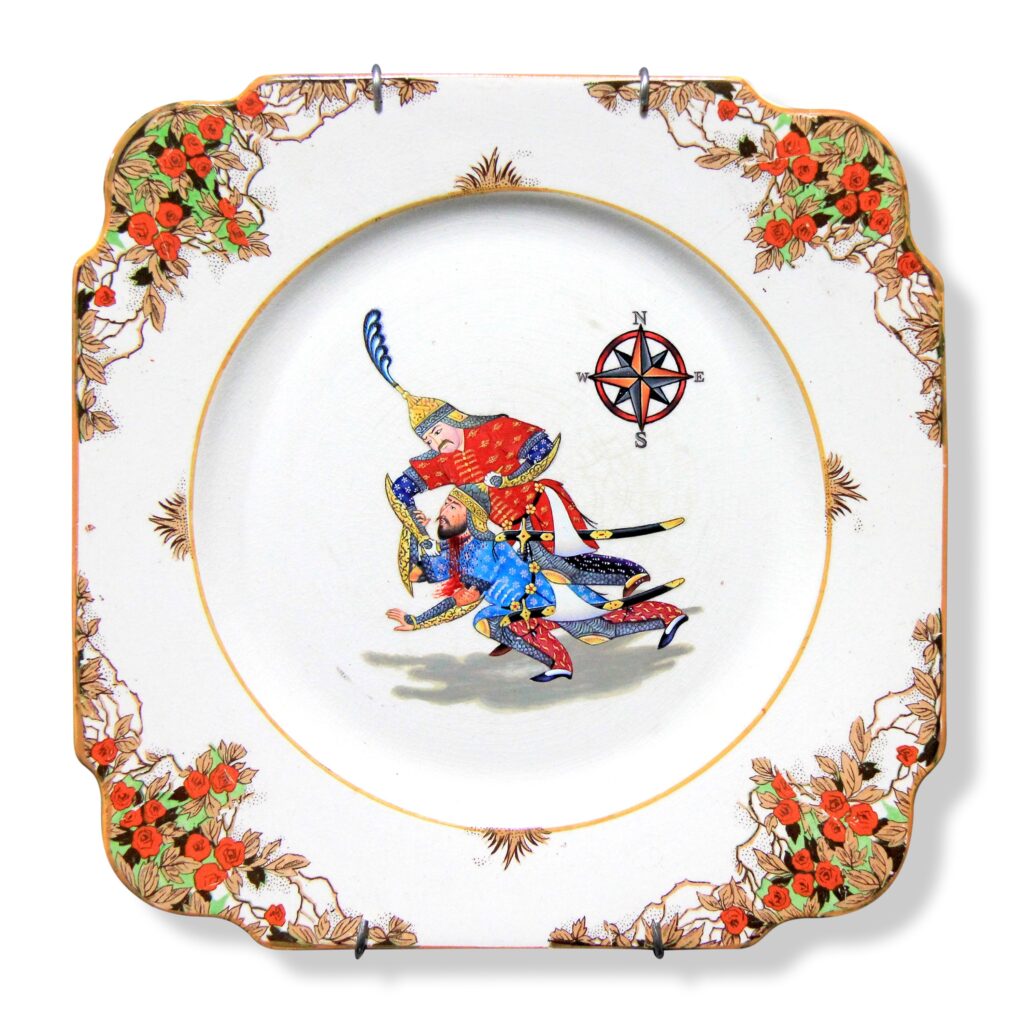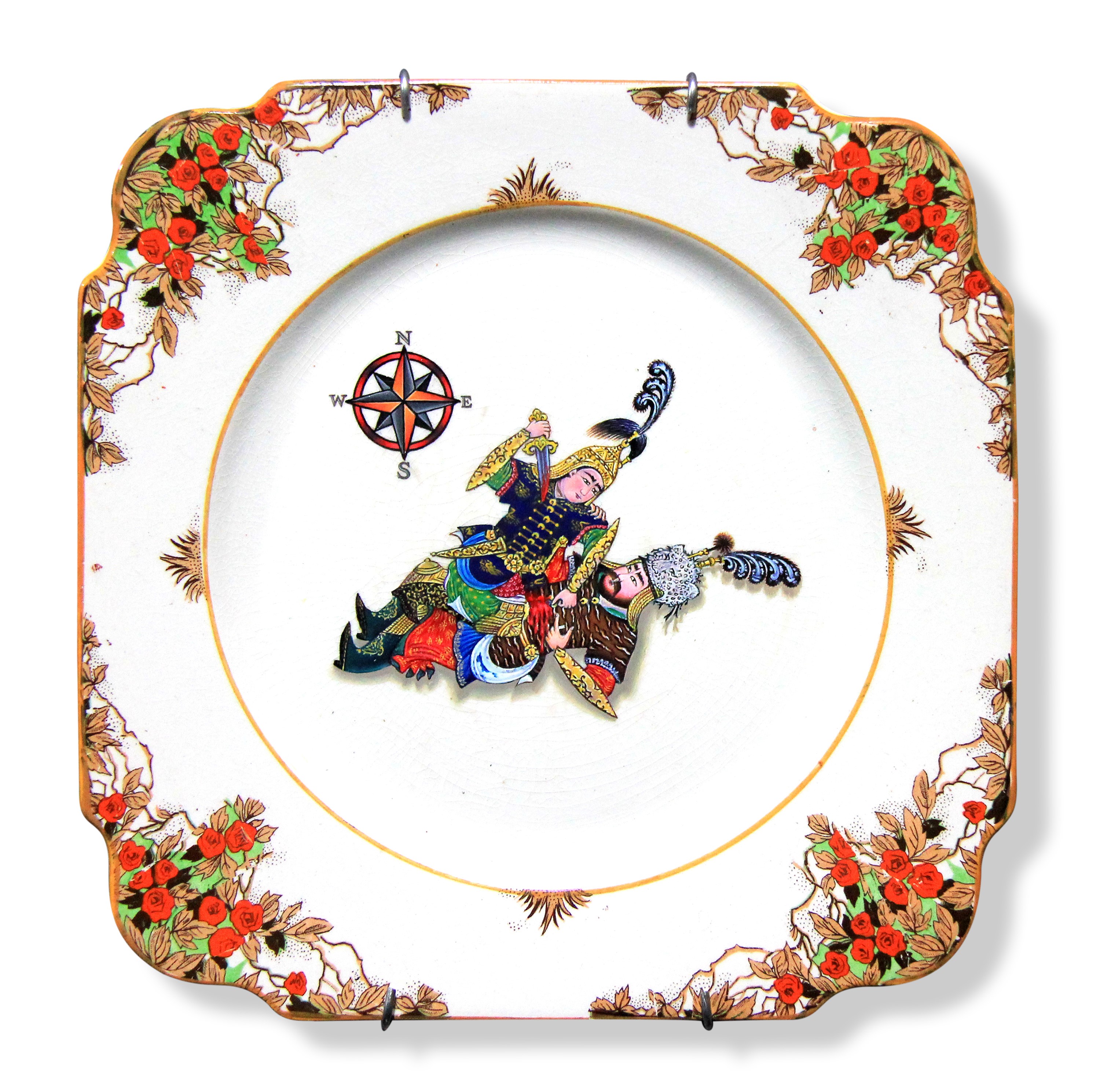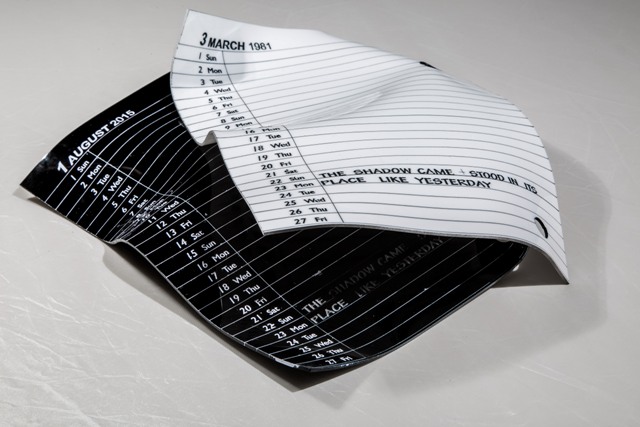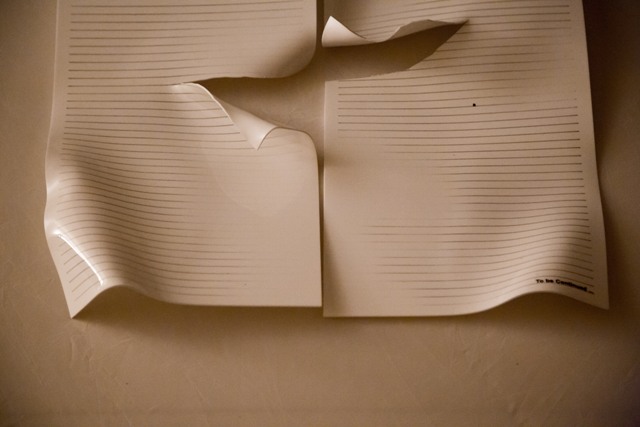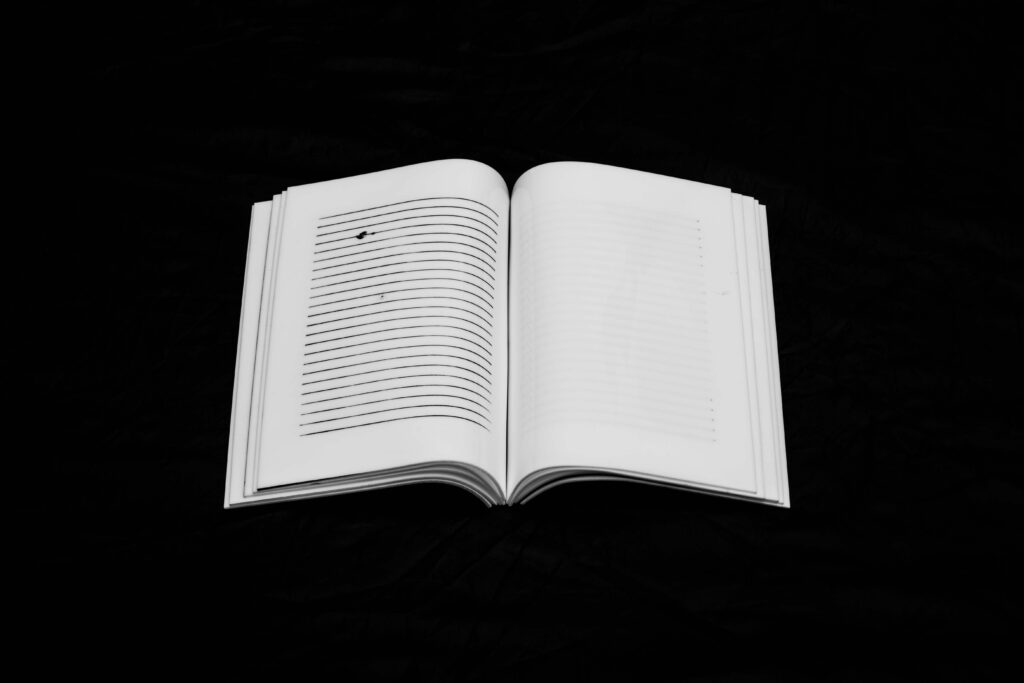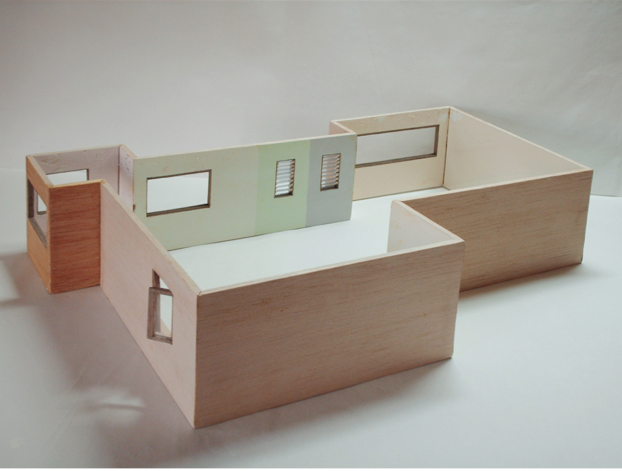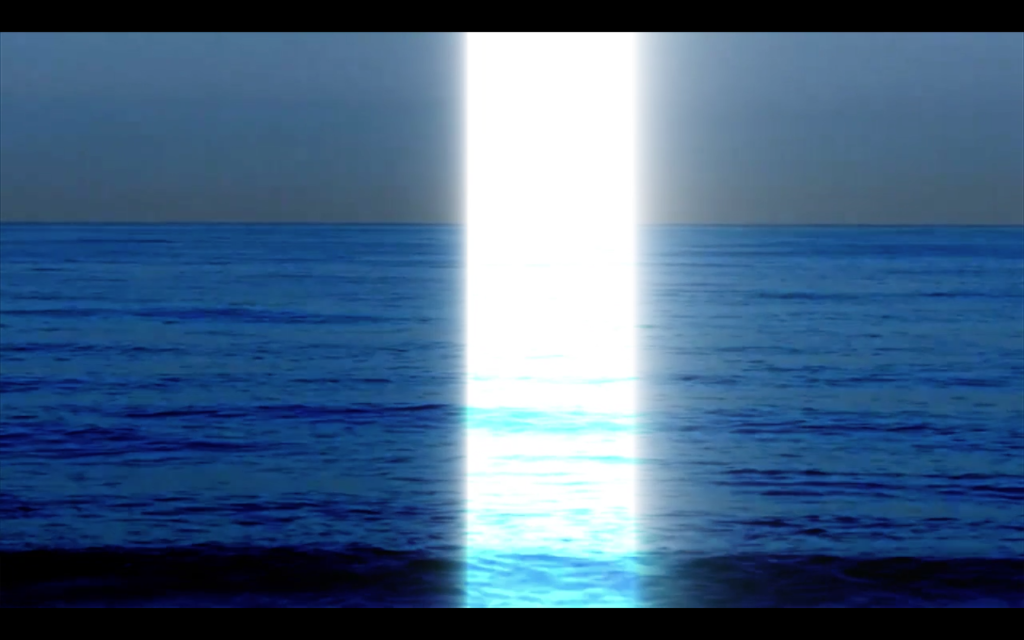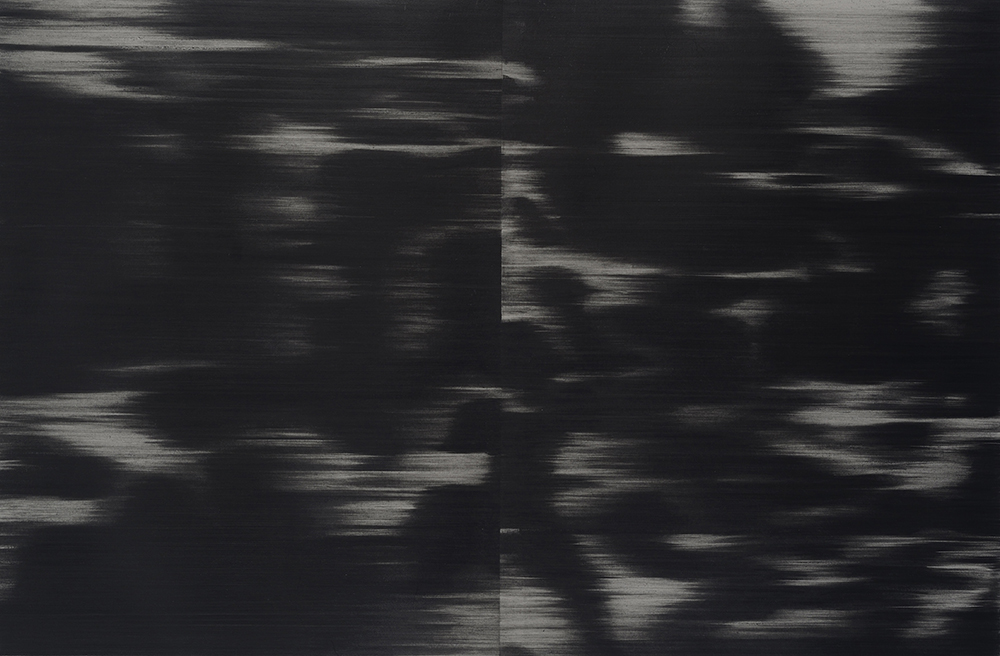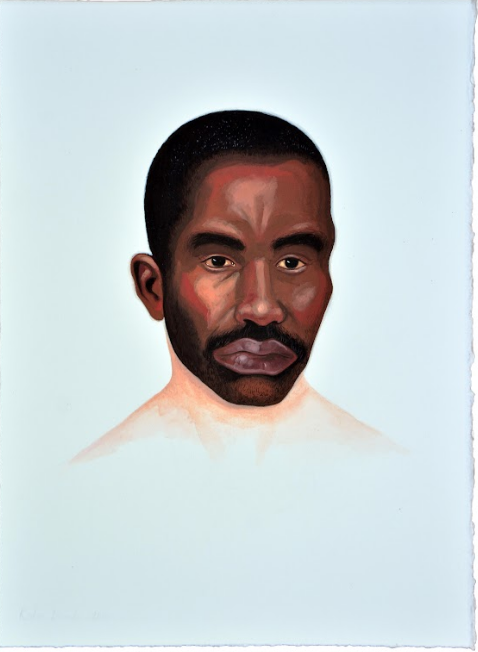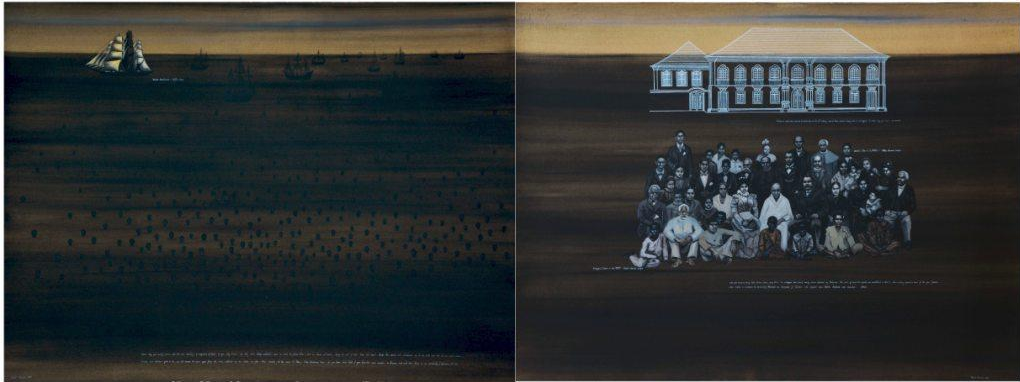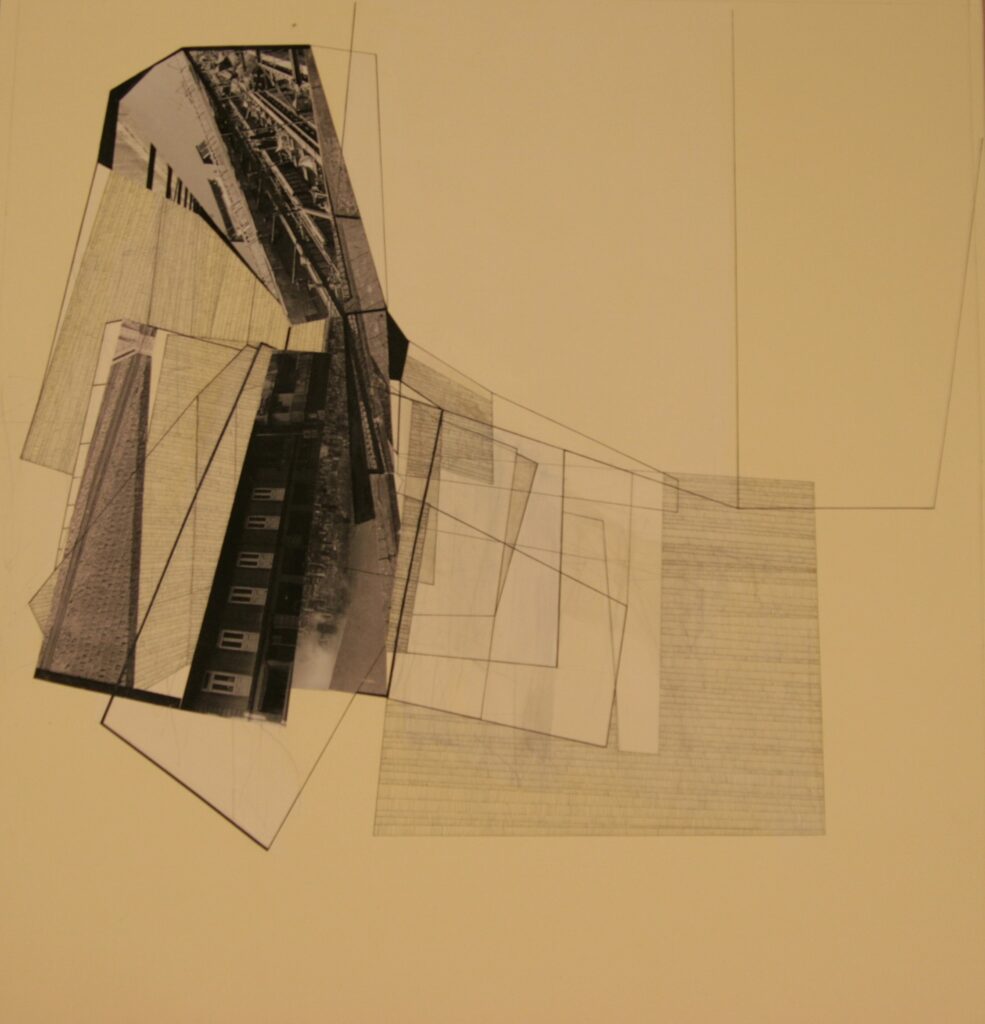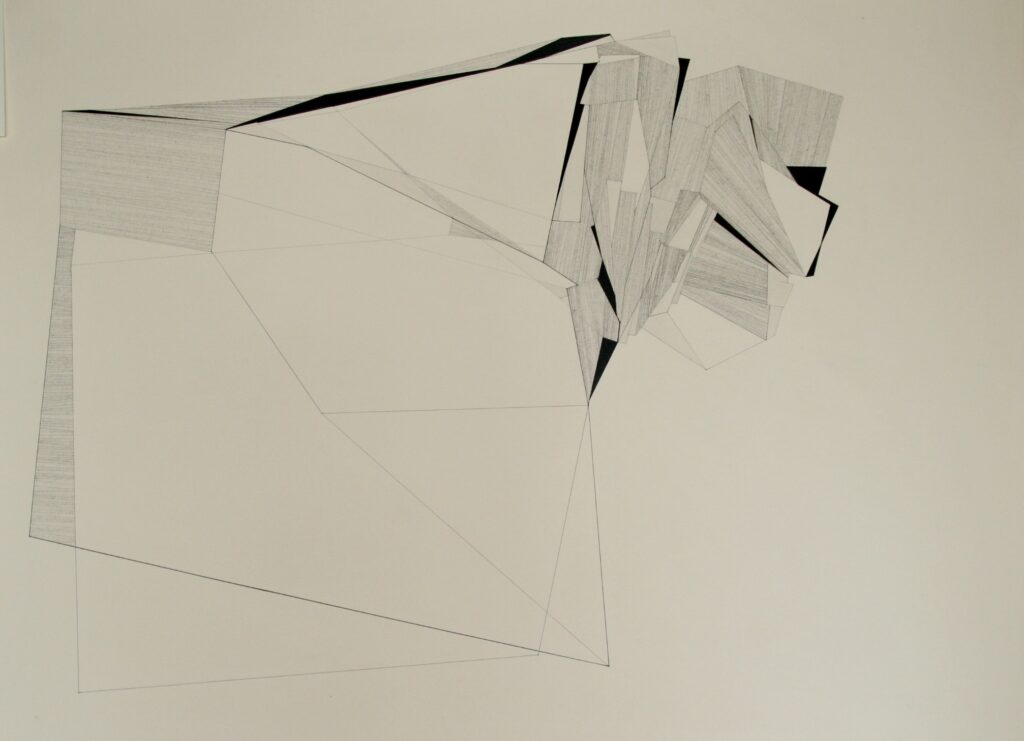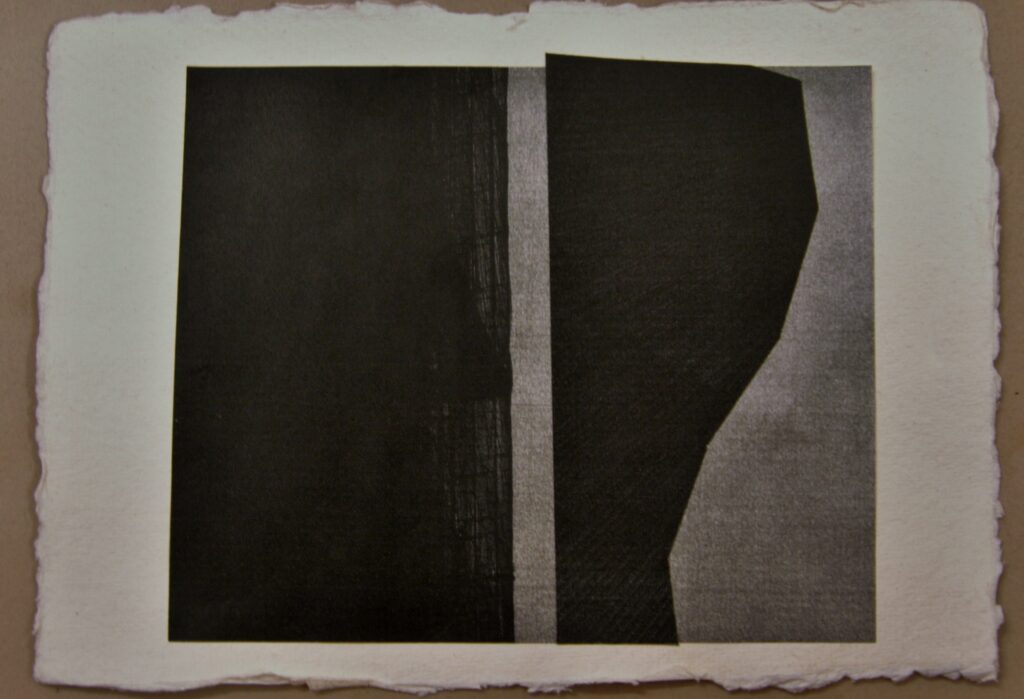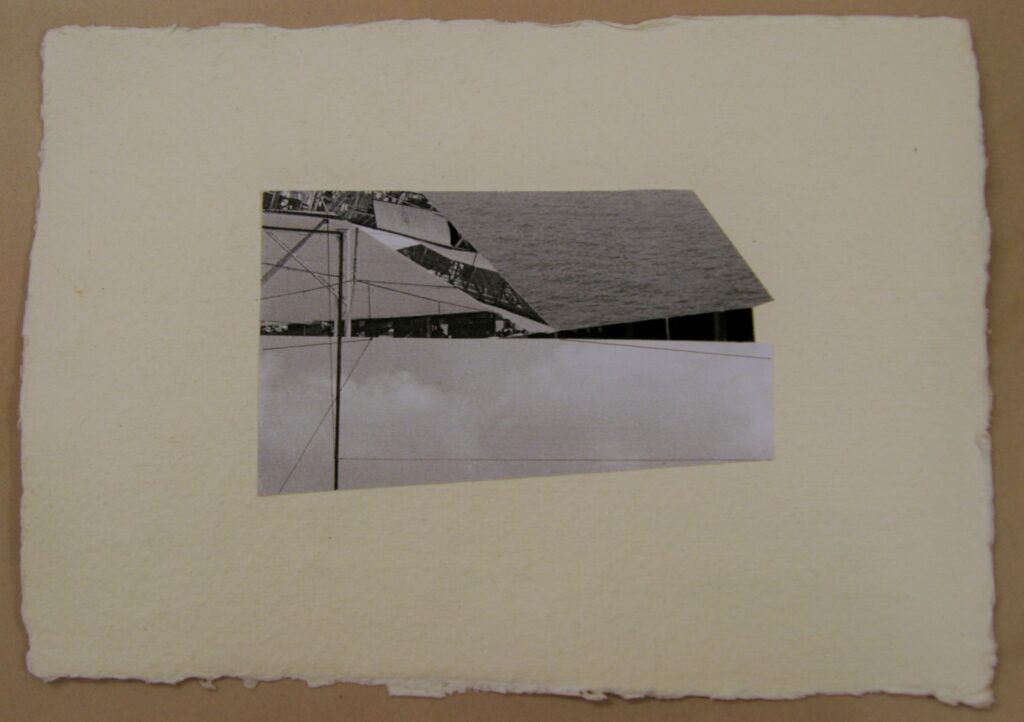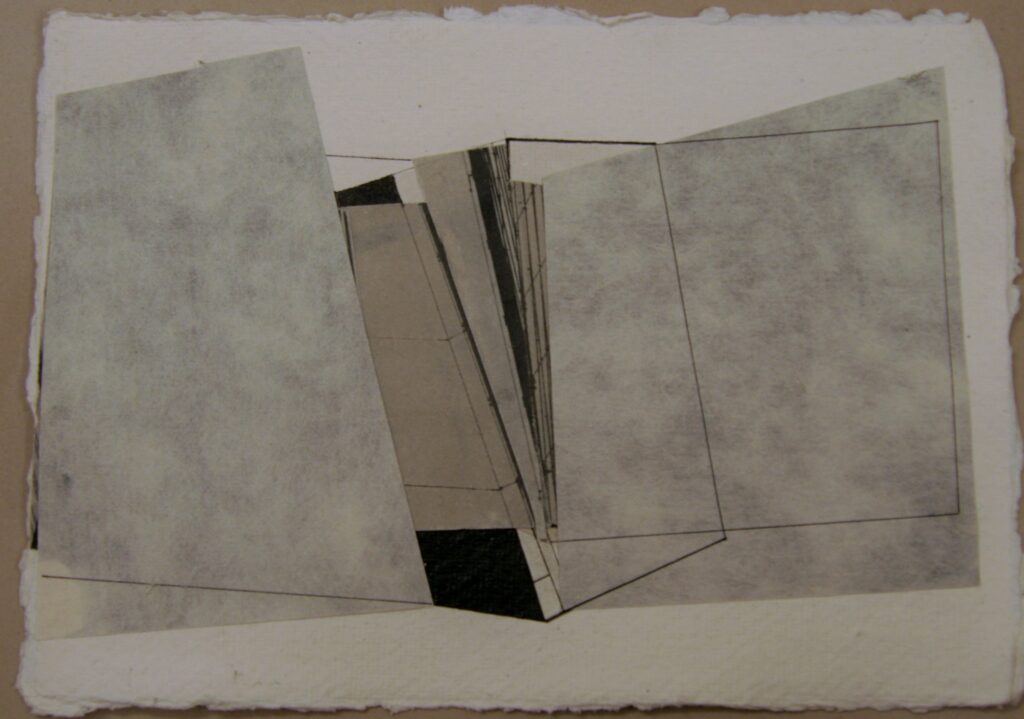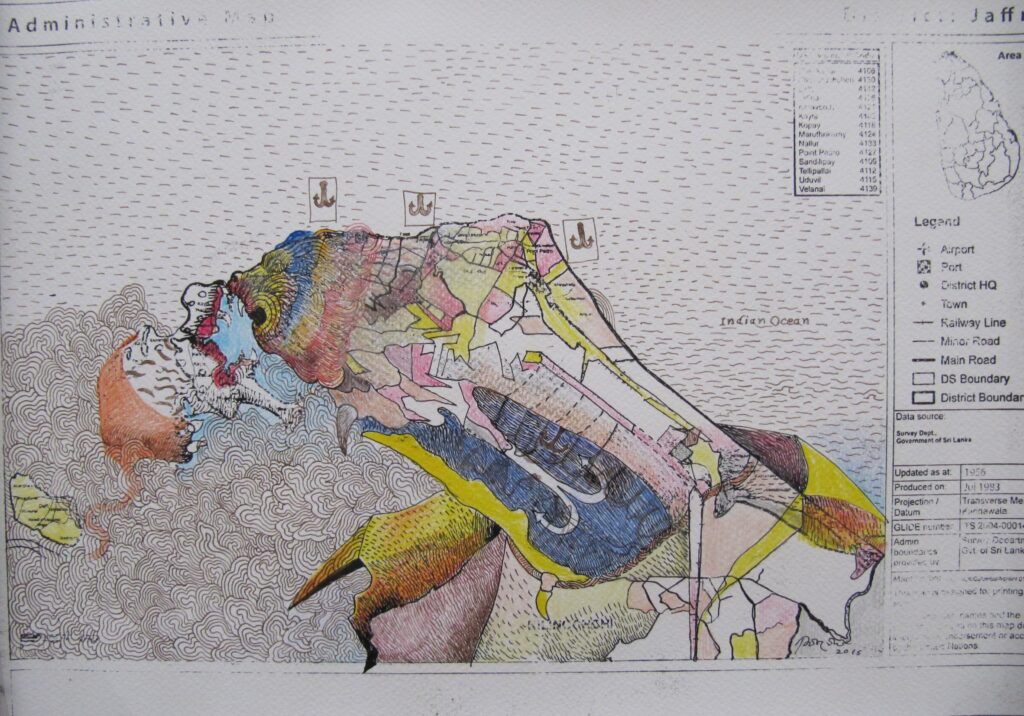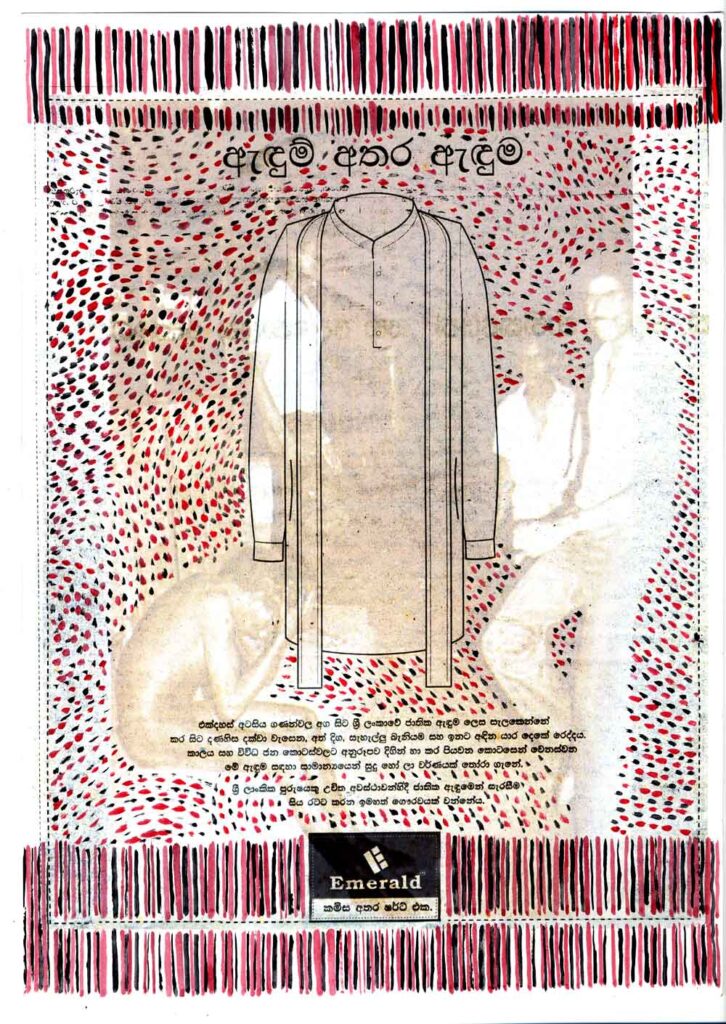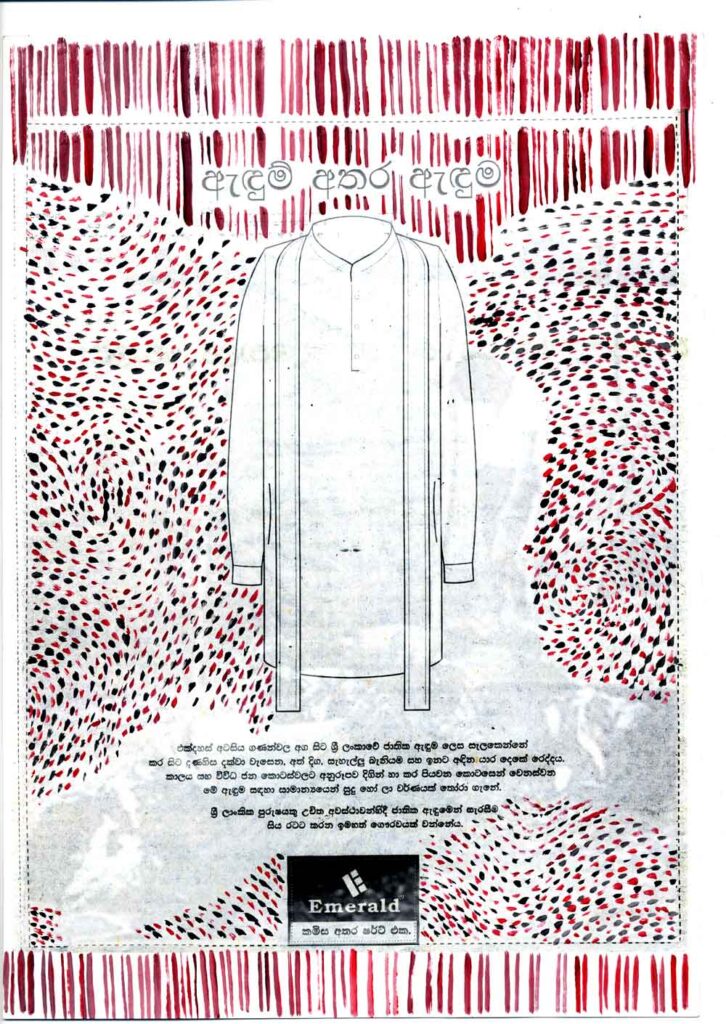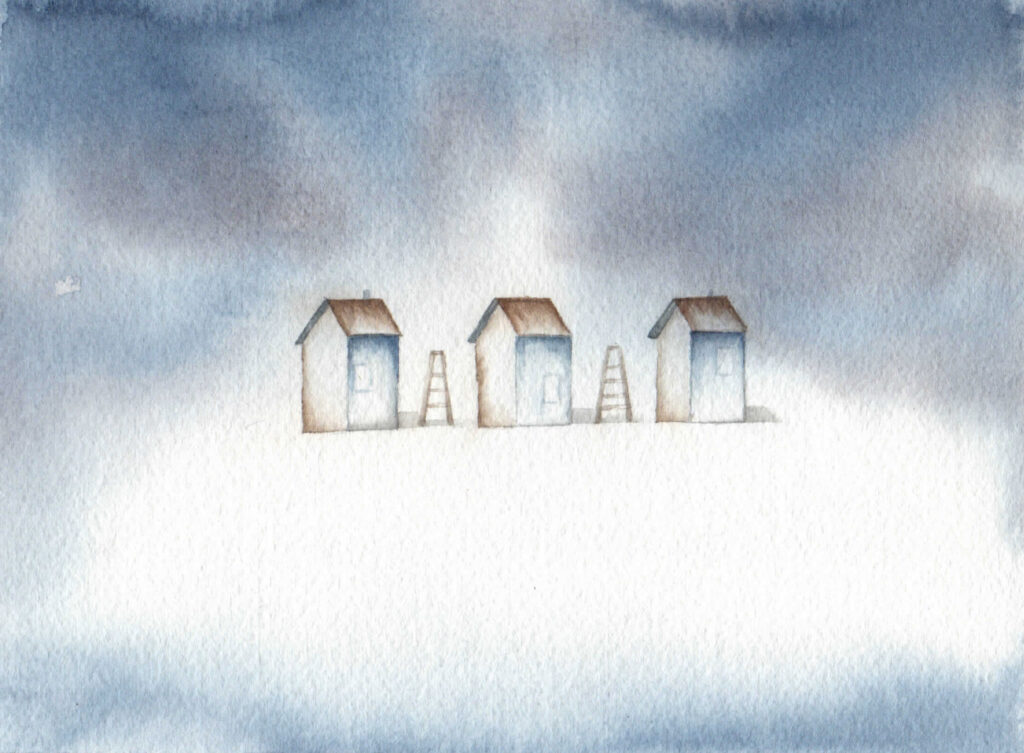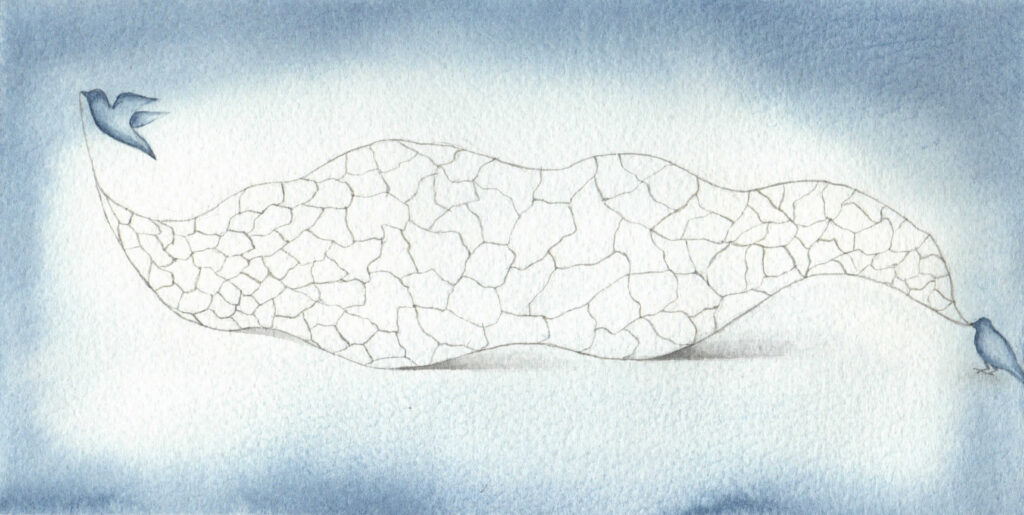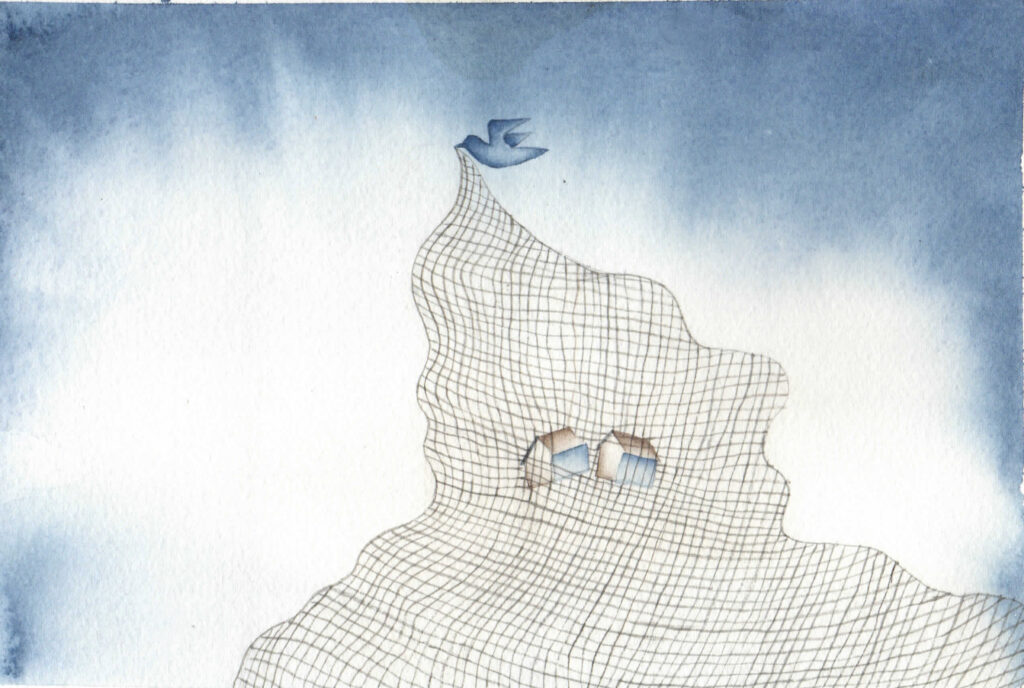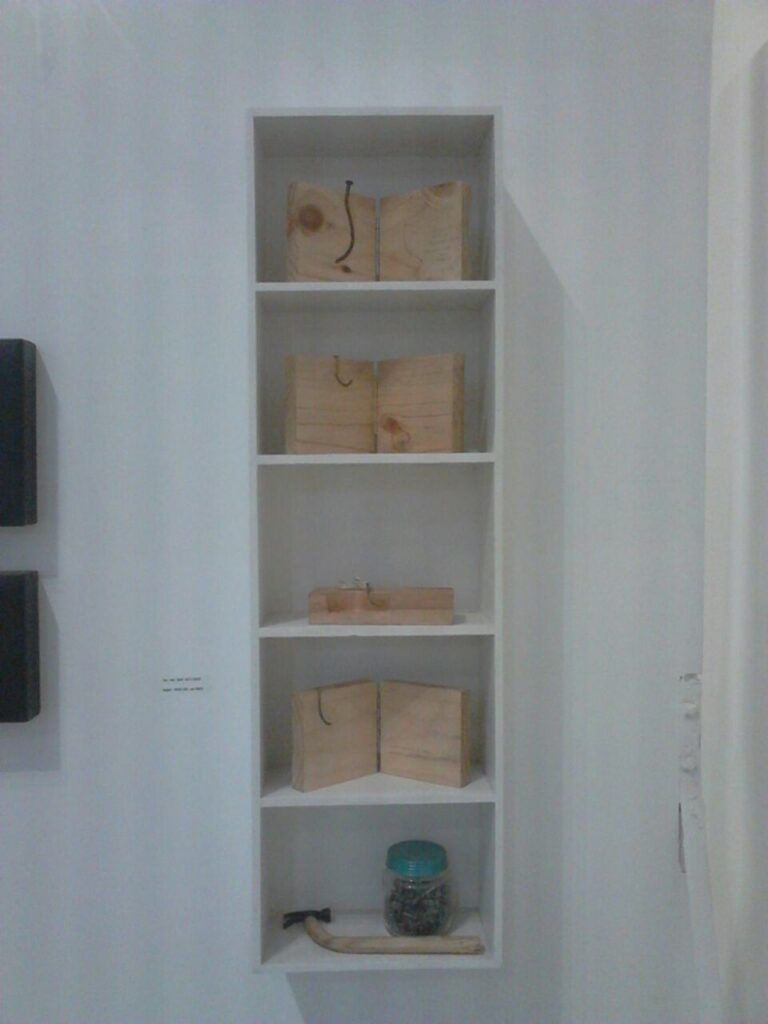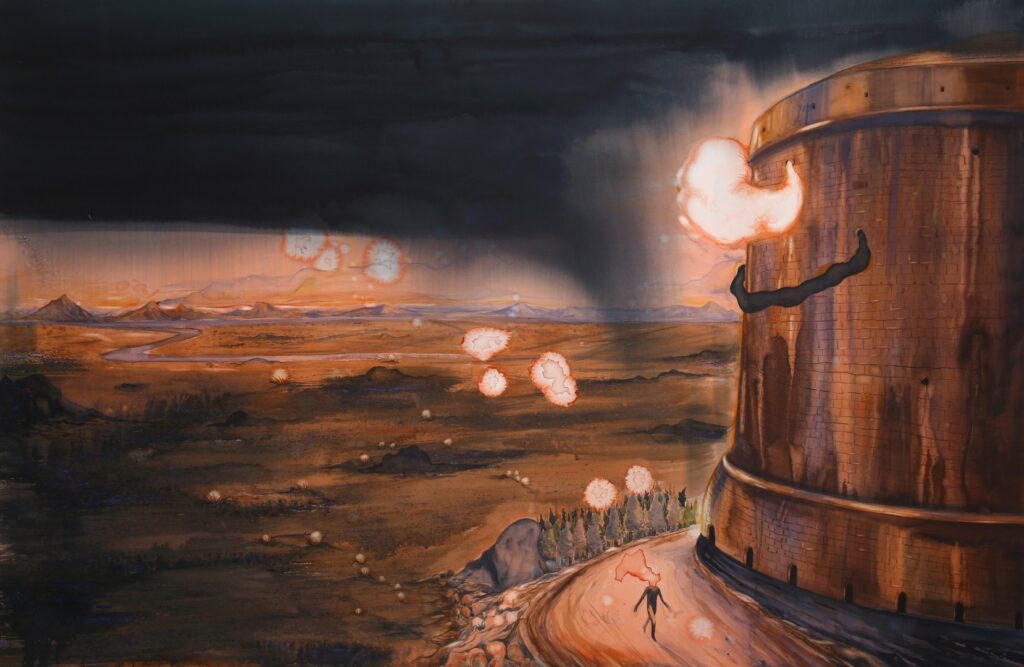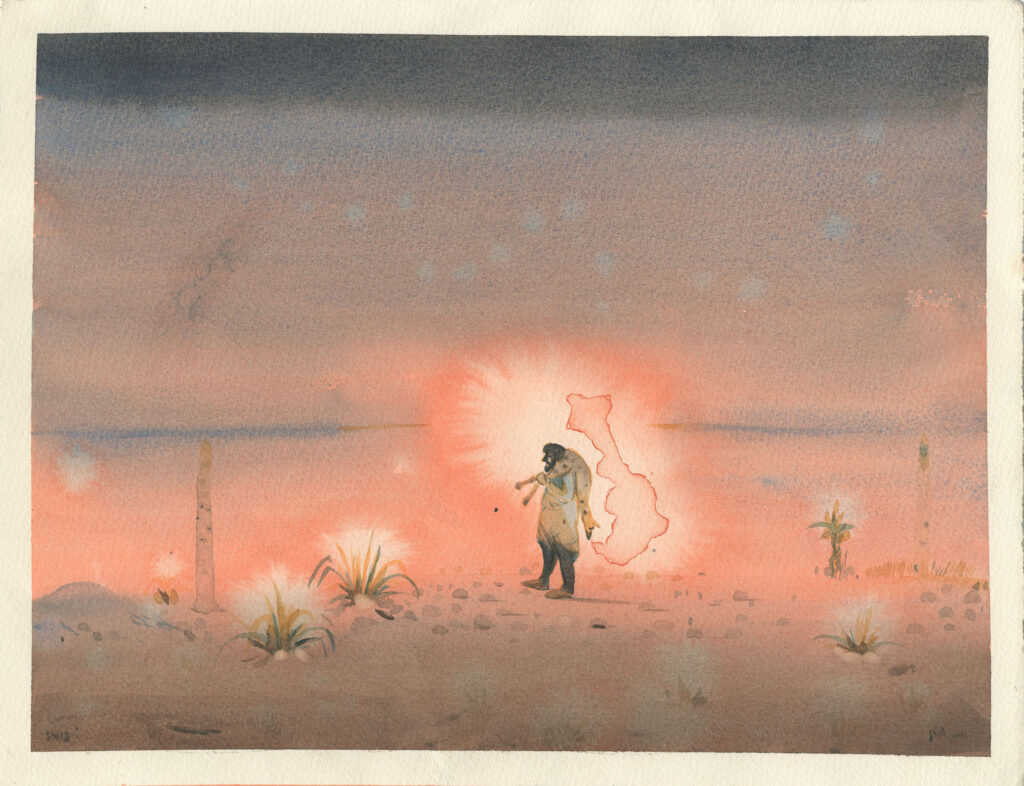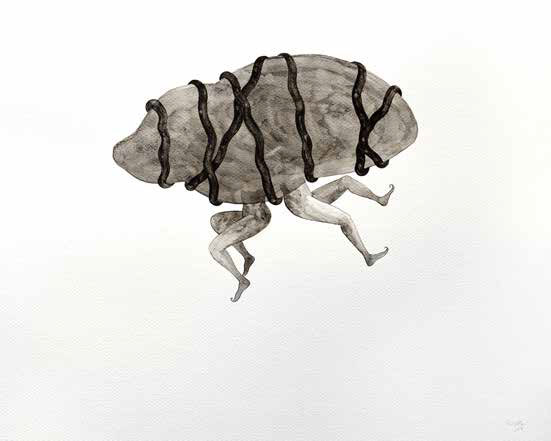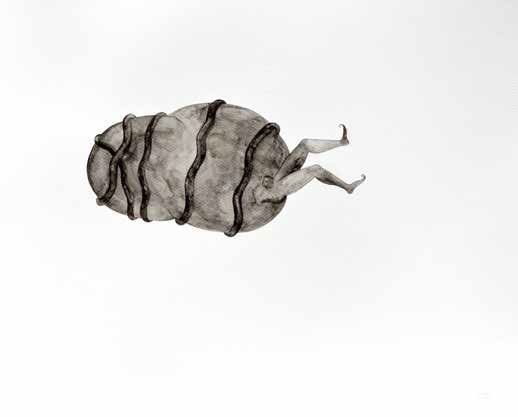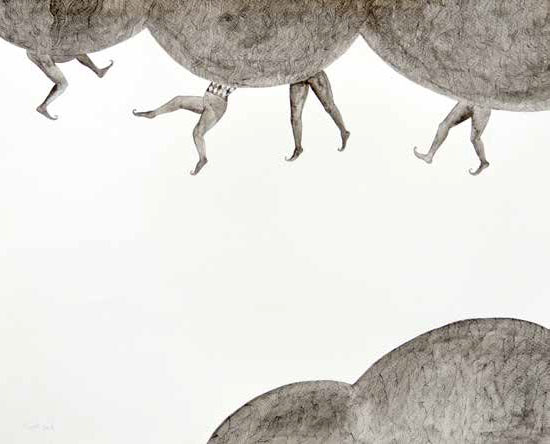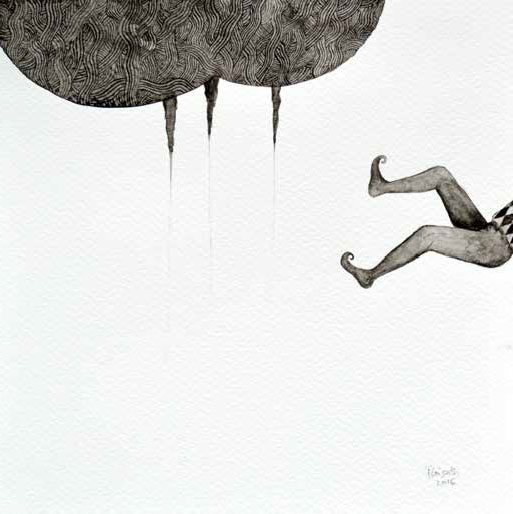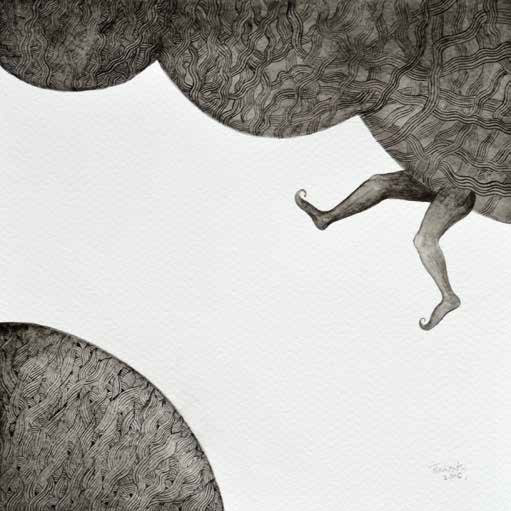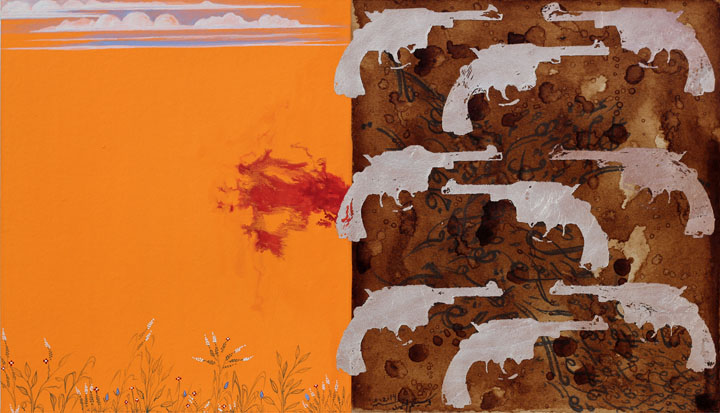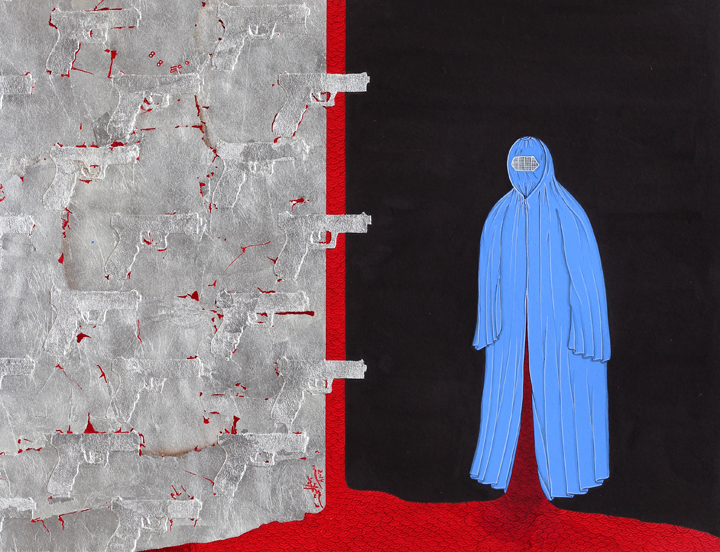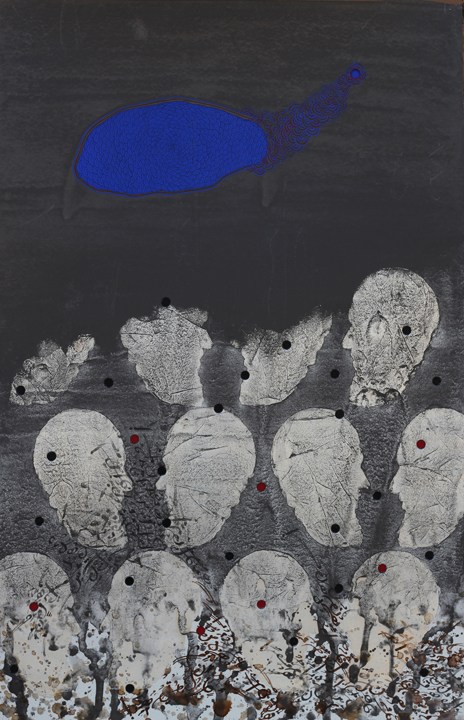The Lay Of The Land
GROUP SHOW
Aug 22, 2015 - Sep 22, 2015
- SELECTED WORKS
- CURATORIAL NOTE
- INVITE
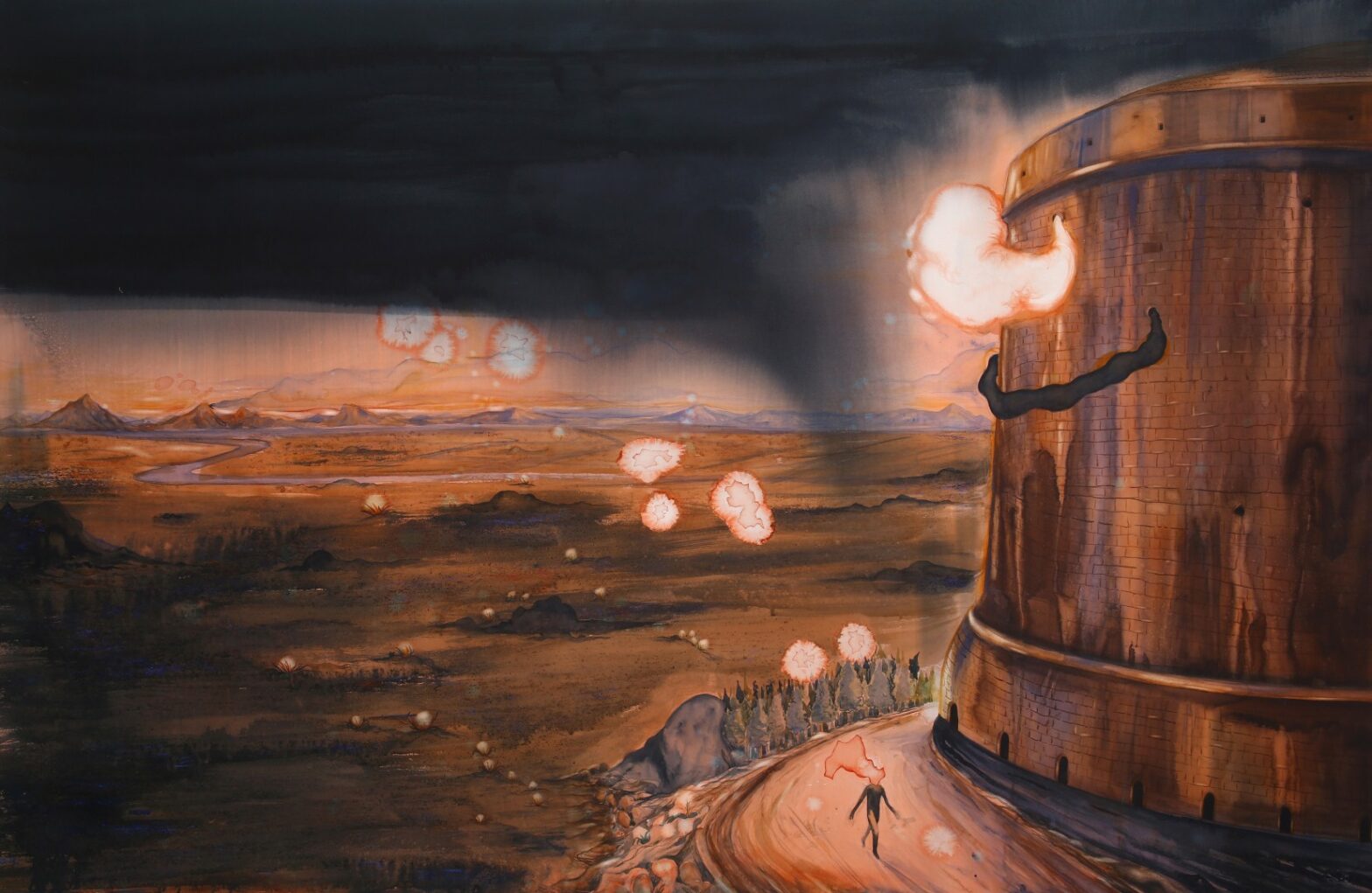
What if we were to perform an alternative cartographic exercise upon experiential dimensions of space and time, and ruptures within them? What if we were to orchestrate a letting go of ego-centric seats of power as determiners to accommodate a mobile fulcrum that roams through the margins and ventures into the cracks? What if we were to execute an exercise that strays away from holistic pretensions to zoom in on microscopic, qualitative descriptions that reveal cross-eyed, short-sighted or long-sighted, astigmatic, tactile perspectives that break out of vacant quantifications? A mapping of rituals and taboos, gestures and their decoding, text as meaning and its vacuity, memory and its erasure, the archive and its fallacy, remembered anecdotes and televised accounts, identities and their discomfiture, religious motifs and their contemporary inversions, cultural complexes and their annihilation through the autobiographical, history and its reiteration … ‘The Lay of the Land: A Work in Progress’ is indicative of a desire to chronicle some of these constructs and their collapse.
CURATORIAL NOTE
What if we were to perform an alternative cartographic exercise upon experiential dimensions of space and time, and ruptures within them? What if we were to orchestrate a letting go of ego-centric seats of power as determiners to accommodate a mobile fulcrum that roams through the margins and ventures into the cracks? What if we were to execute an exercise that strays away from holistic pretensions to zoom in on microscopic, qualitative descriptions that reveal cross-eyed, short-sighted or long-sighted, astigmatic, tactile perspectives that break out of vacant quantifications? A mapping of rituals and taboos, gestures and their decoding, text as meaning and its vacuity, memory and its erasure, the archive and its fallacy, remembered anecdotes and televised accounts, identities and their discomfiture, religious motifs and their contemporary inversions, cultural complexes and their annihilation through the autobiographical, history and its reiteration … ‘The Lay of the Land: A Work in Progress’ is indicative of a desire to chronicle some of these constructs and their collapse. From the colonial cartographers who dismissed indigenous, non-representational forms of spatial knowledge and the psychogeographies 1 of Situationism, to postmodern schizophrenic 2 experiments with cartography, the utilitarian and conceptual treatments of maps as ways of charting knowledge or acknowledging the limitations of that knowledge have always been aesthetic projects. When built upon the notion of two-dimensionally communicating spatial information effectively, they often remain empty caricatures that extract and canonize physical boundaries and territories as emblems of power and means to authenticate versions of disputed borderlines. In their most obvious renditions, maps reveal themselves as flat testimonies to the flawed project of objectivity. And what if we zoomed in on these rubrics of territorial form? We encounter blank spaces peppered with fragments of geographic descriptors – empty aesthetic transcriptions, often antiquated iconographic shorthands for geographic markers, and quantified topographies. The irony remains that despite attempts at ‘harmonious’ assimilation of parts into a whole, maps are instrumental only when inferred in parts. In the context of South Asia, with overlapping histories of colonialism, ethnic divisions, communal tensions, marginalization, border disputes, living indigenous traditions whose needs and demands contest impositions of political power, language politics, and centuries of conquests and border fluidity, maps have been imposed upon maps. This exhibition rejects the processes that seek toprofile ‘region’ based on geographic descriptors, except through their inversions, and definitive narratives of political and cultural trauma 3 that are generated by carrier agents such as the media, the state, law and others who have the agency to do so. Lived experiences of spaces inscribed within maps present an entirely different vocabulary of social relations, unfamiliar landscapes, emotional realities, contradictory testimonies, dialectical narratives, and memories and their particularities. ‘The Lay of the Land’, a phrase with origins in connoting the survey of land in its literal sense, but has folded to signify ‘the general state of affairs’ or ‘the disposition of circumstances to be studied’, allows for the imagination of artists as surveyors capturing vivid, graphic, glimpses from their own vantage points. And these non-maps do not incorporate canonical aspirations. Nor can they ever be absolute or complete. They are self-admittedly, a work in progress towards charting lived experiences. 3 Jeffrey Alexander, in his book Trauma: A Social Theory, uses Benedict Anderson’s argument in Imagined Communities that nations are imagined on the basis of traumatic events that have affected a collective thereby defining themselves and other-ing the rest, to emphasize the fundamental argument in his social theory of trauma – that trauma needs to be represented. The construction of the traumatic event then becomes instrumental in the way it is processed by the community, and the construction of these narratives in public memory often falls within the hands of institutions such as the state, law, media and also to an extent the aesthetic. 2Fredric Jameson’s use of the term schizophrenia from Postmodernism, or, the Cultural Logic of Late Capitalism and not from the Deluzean reading of the anti-oedipal. Subverting political maps has been a preoccupation for many conceptual artists since the 1960s including ClaesOldenberg, Jasper Johns and Nancy Holt. 1Guy Debord, Introduction to a Critique of Urban Geography
